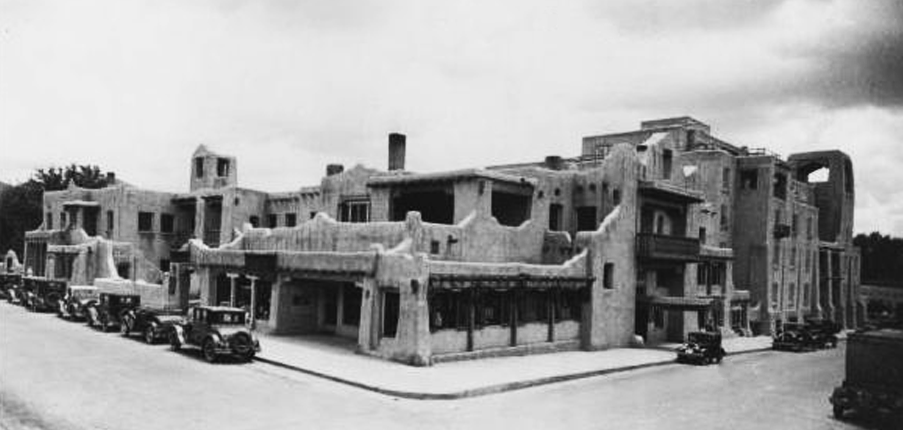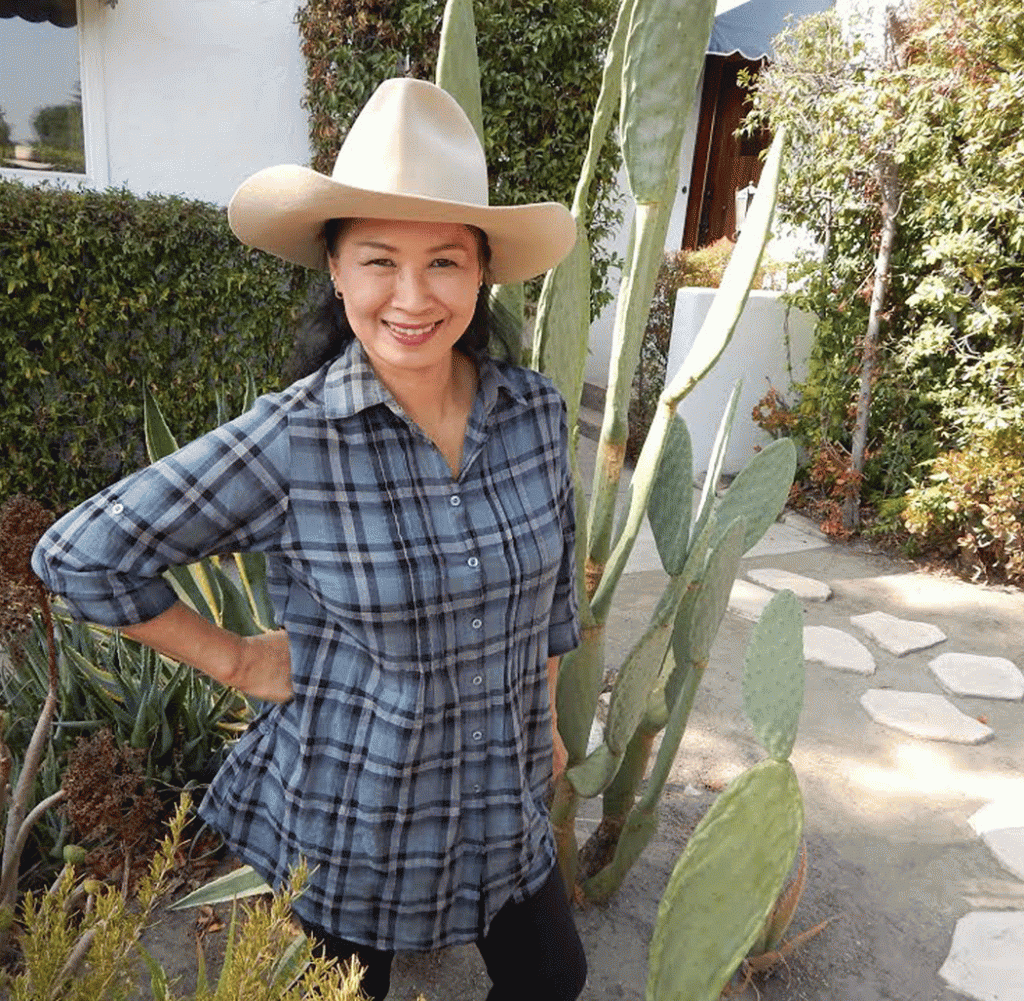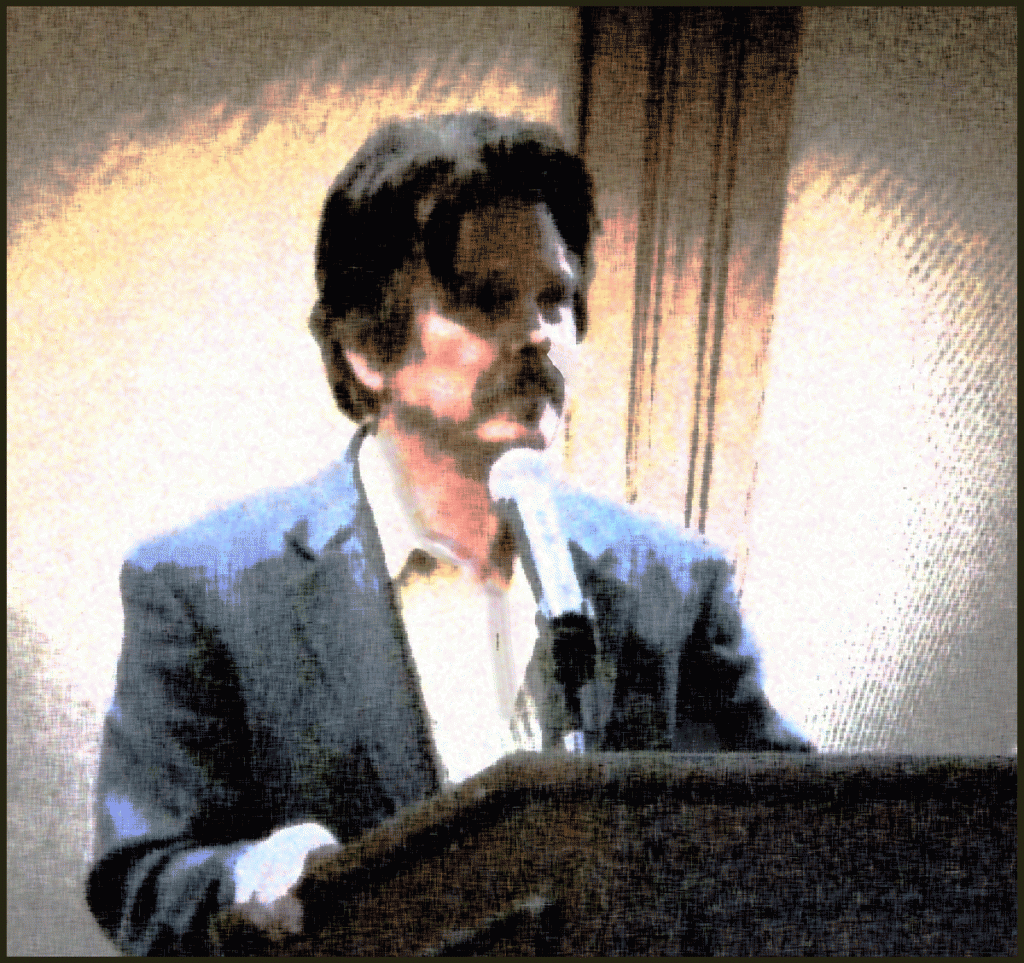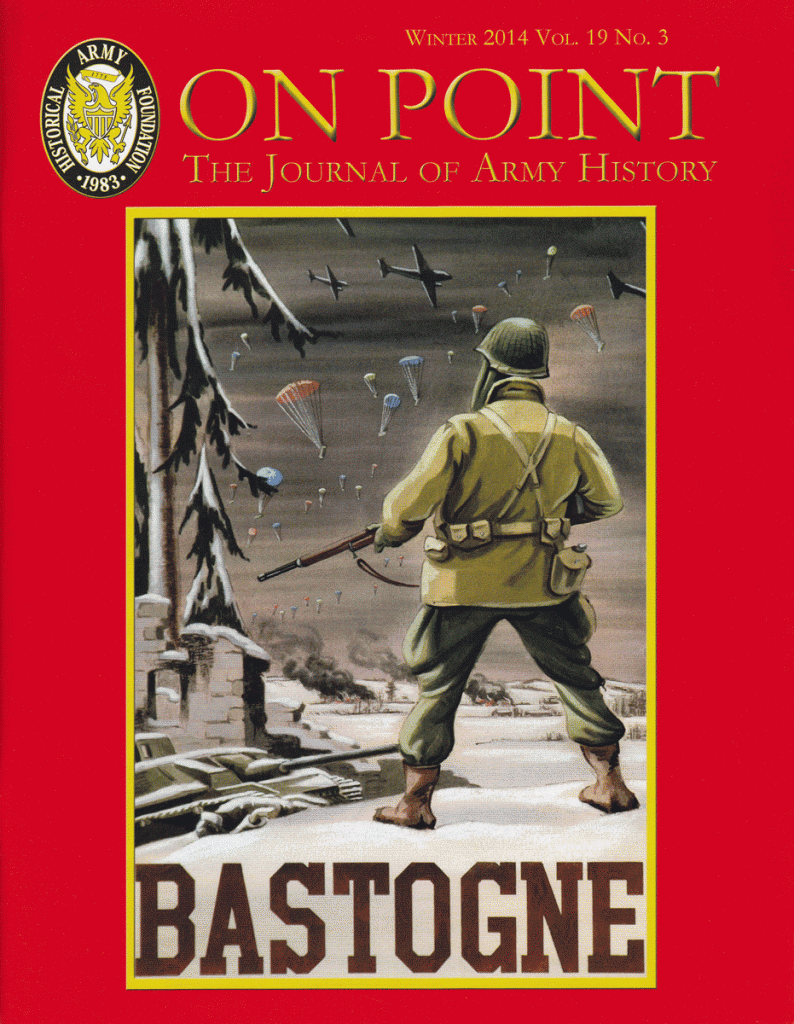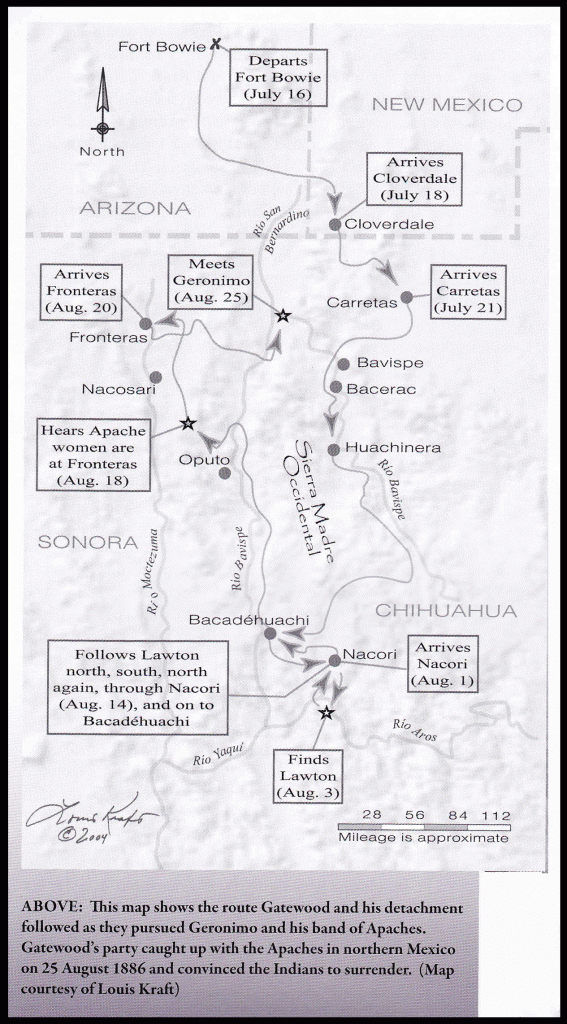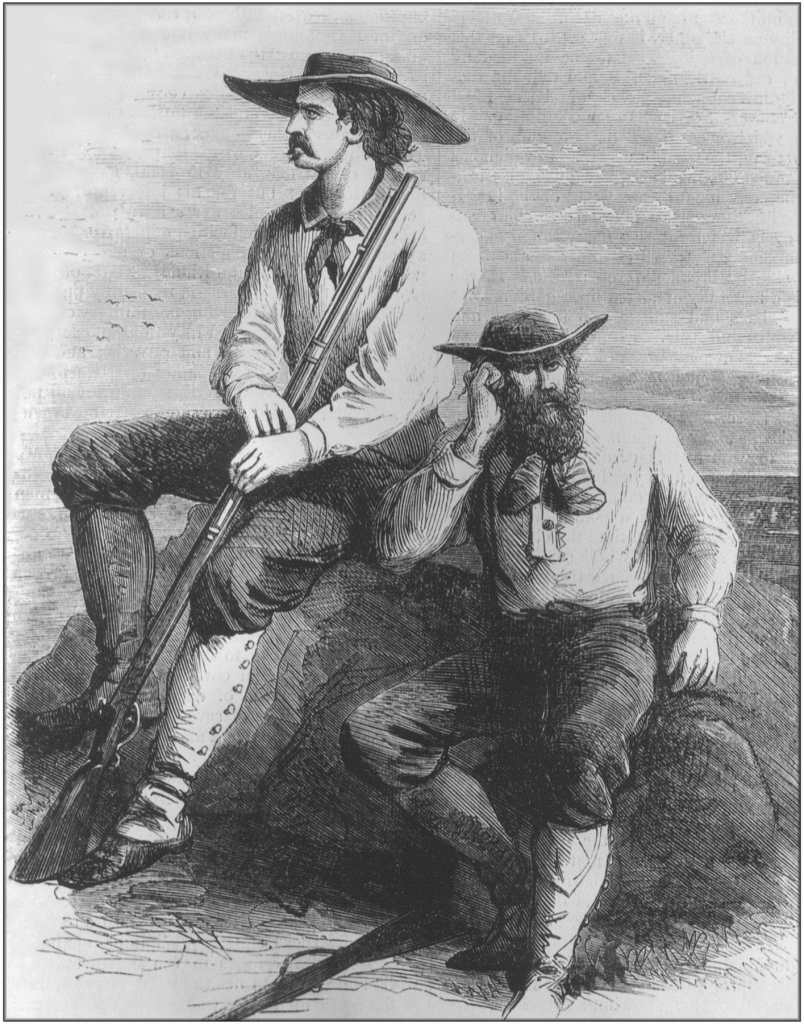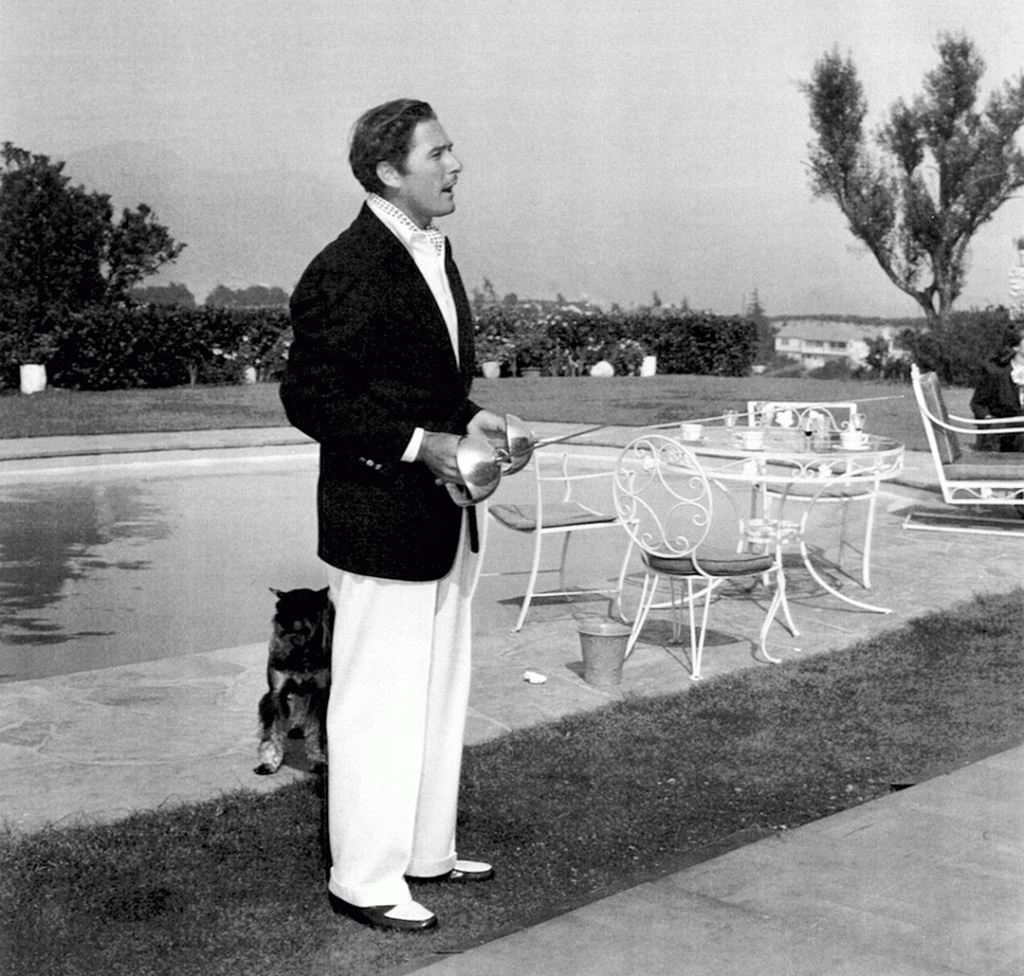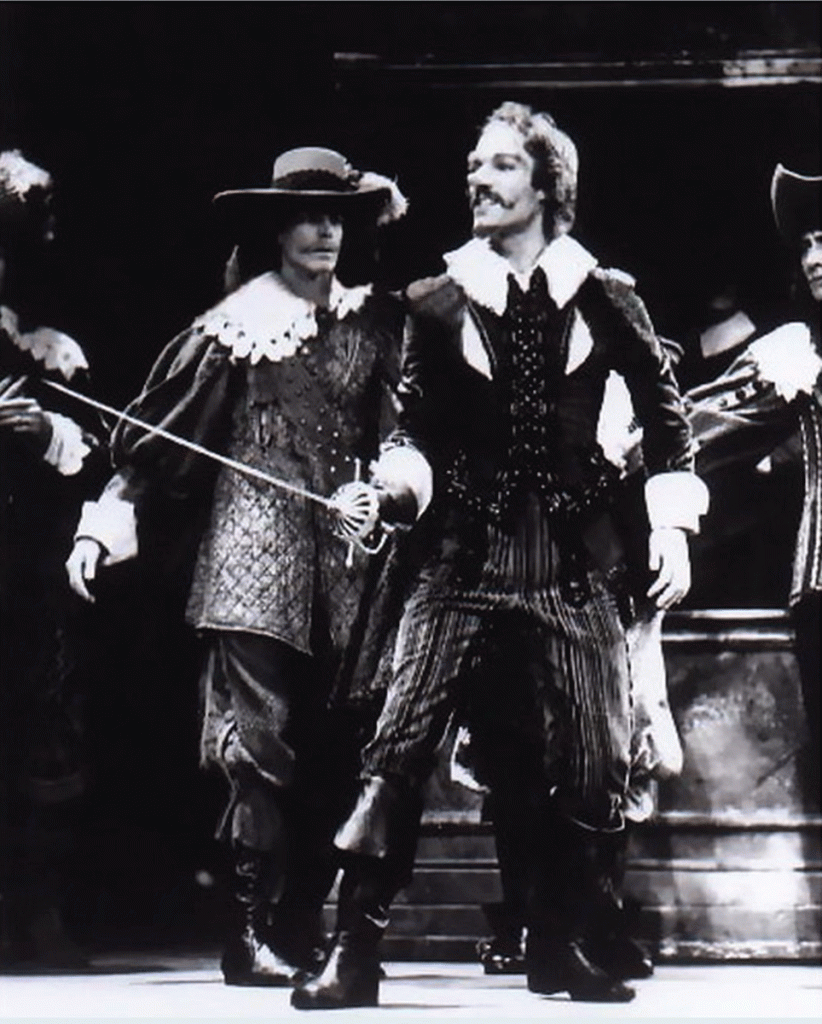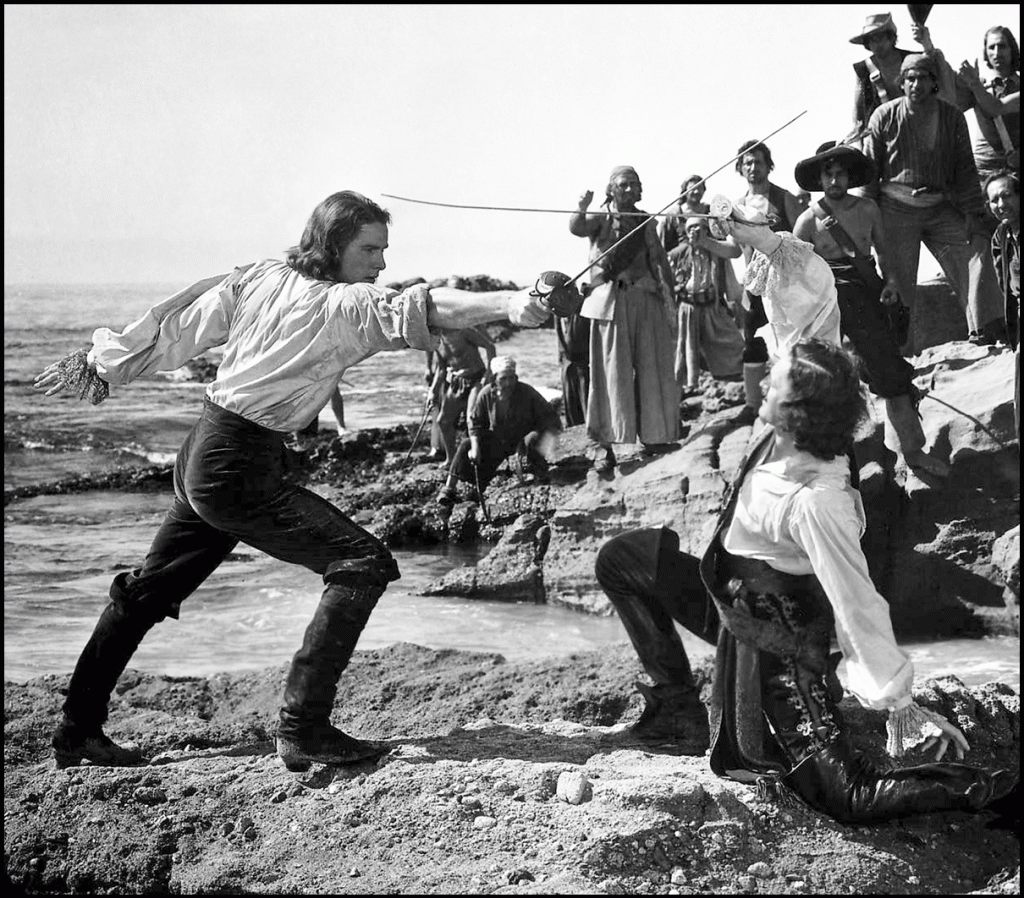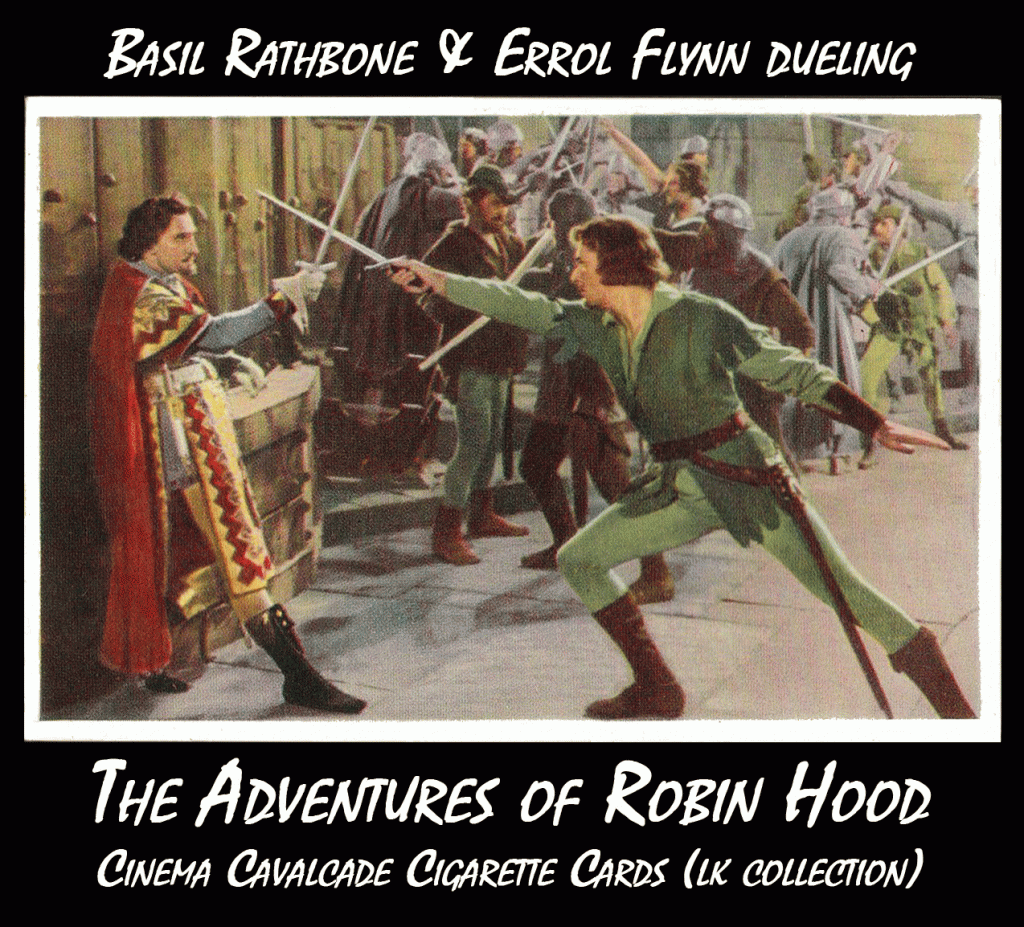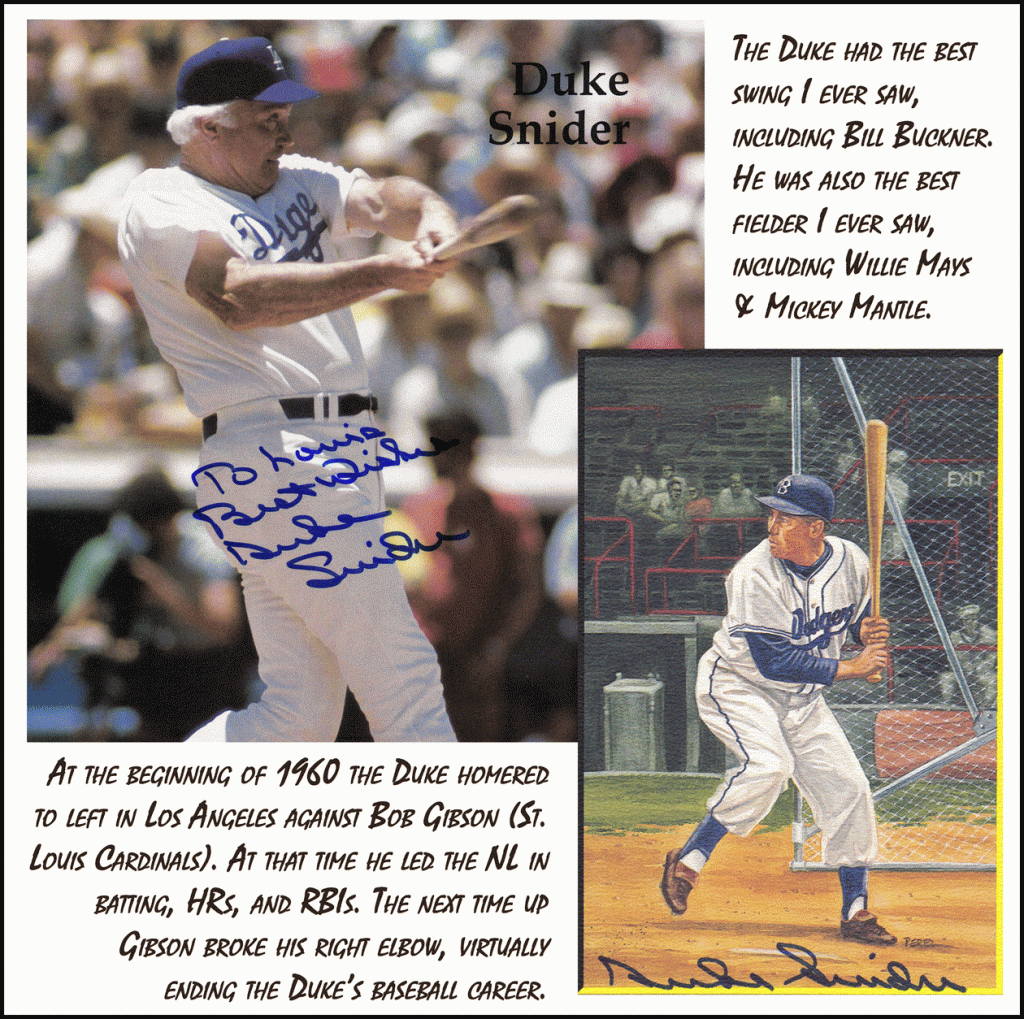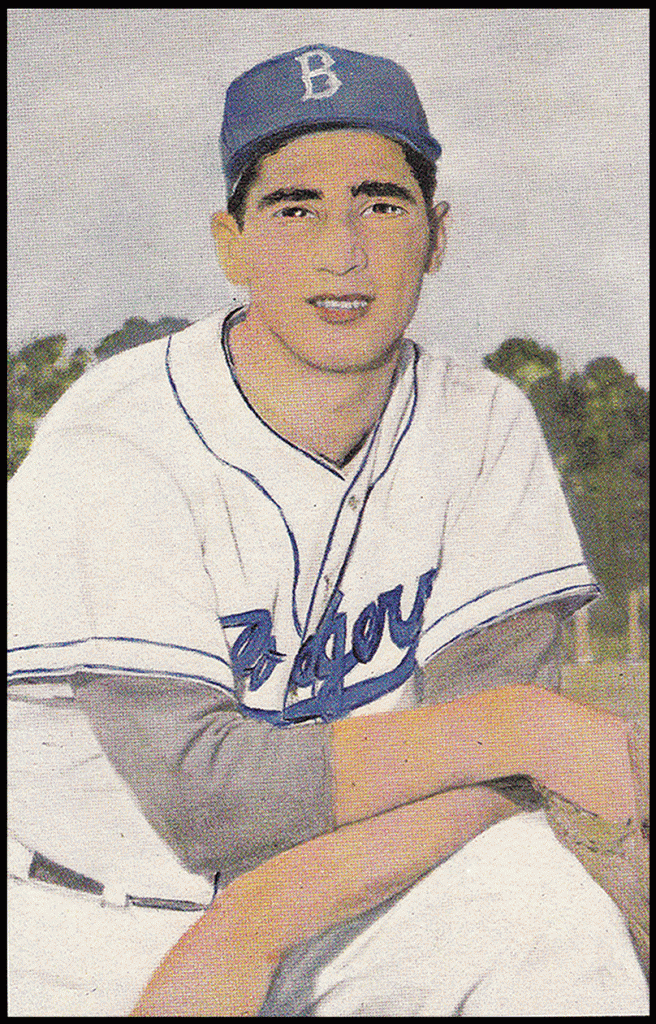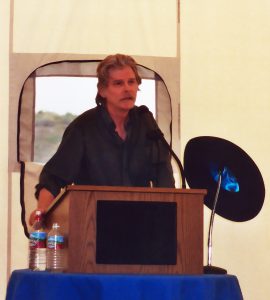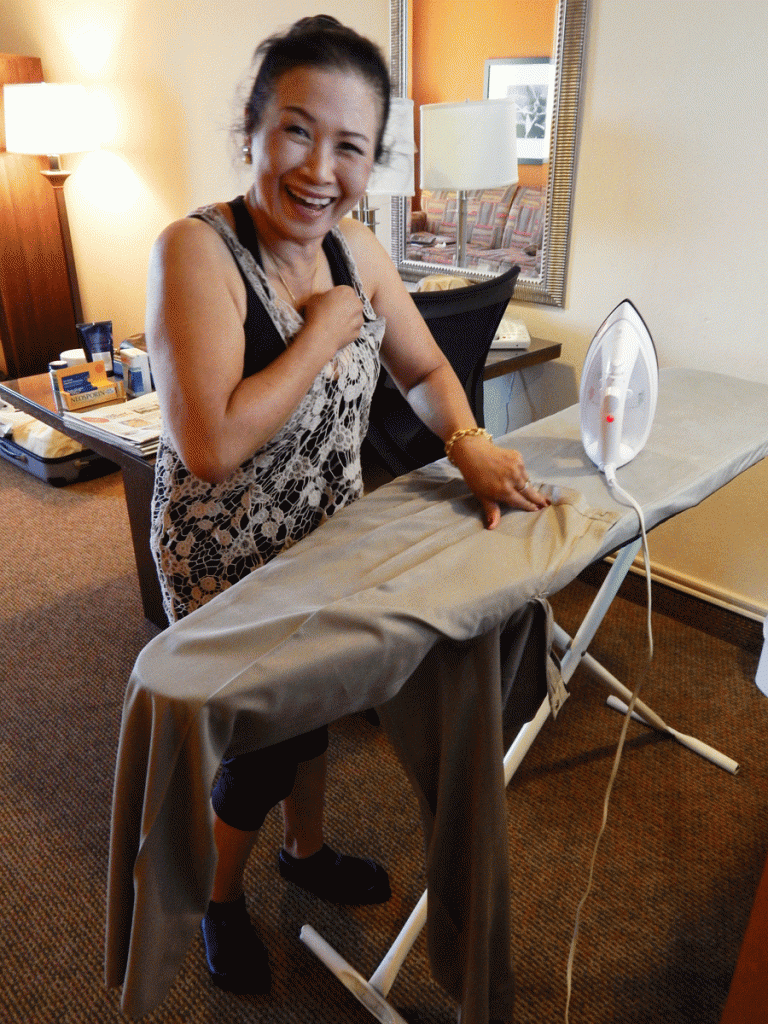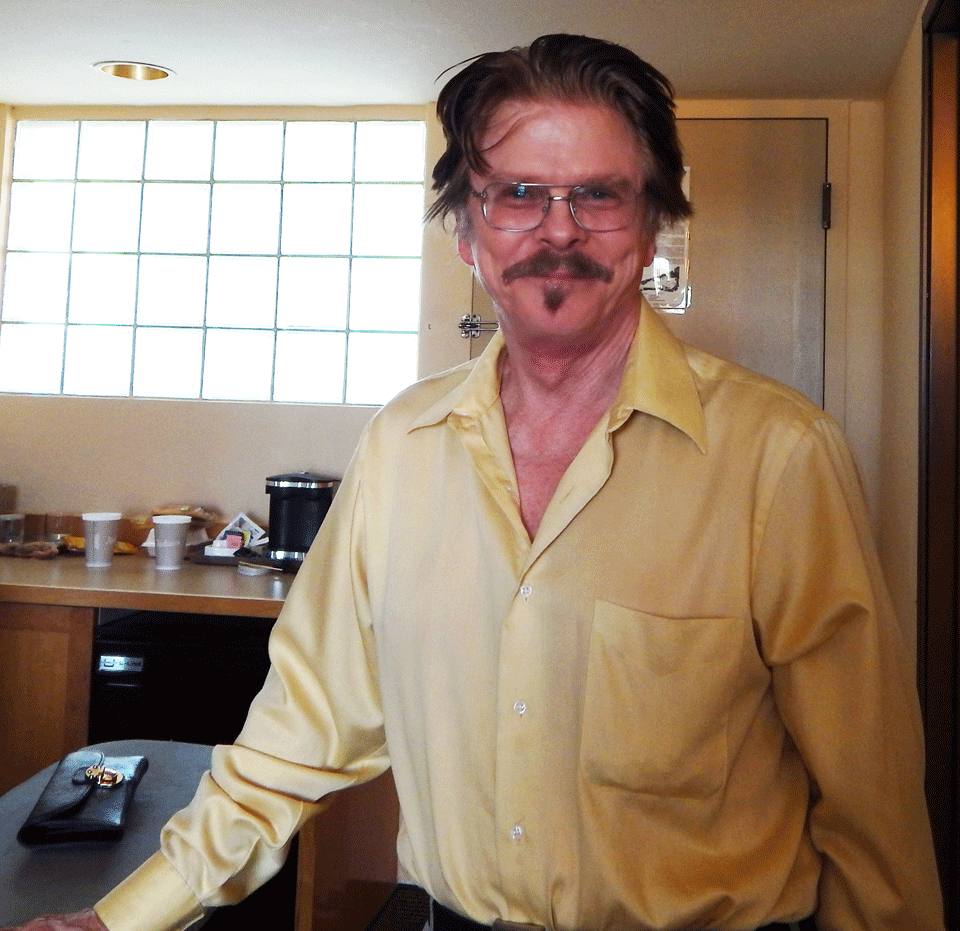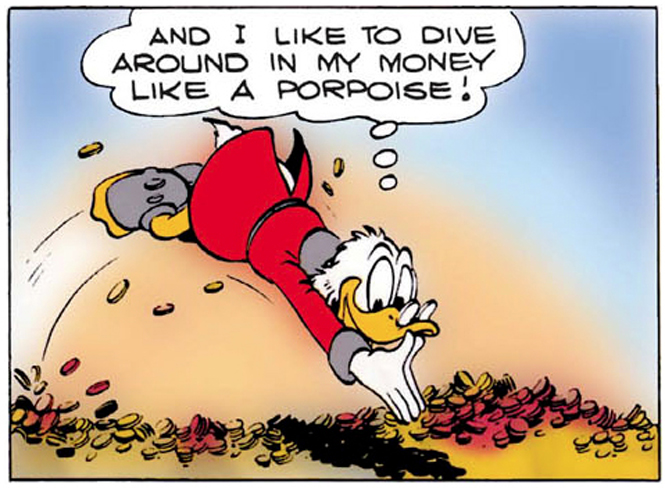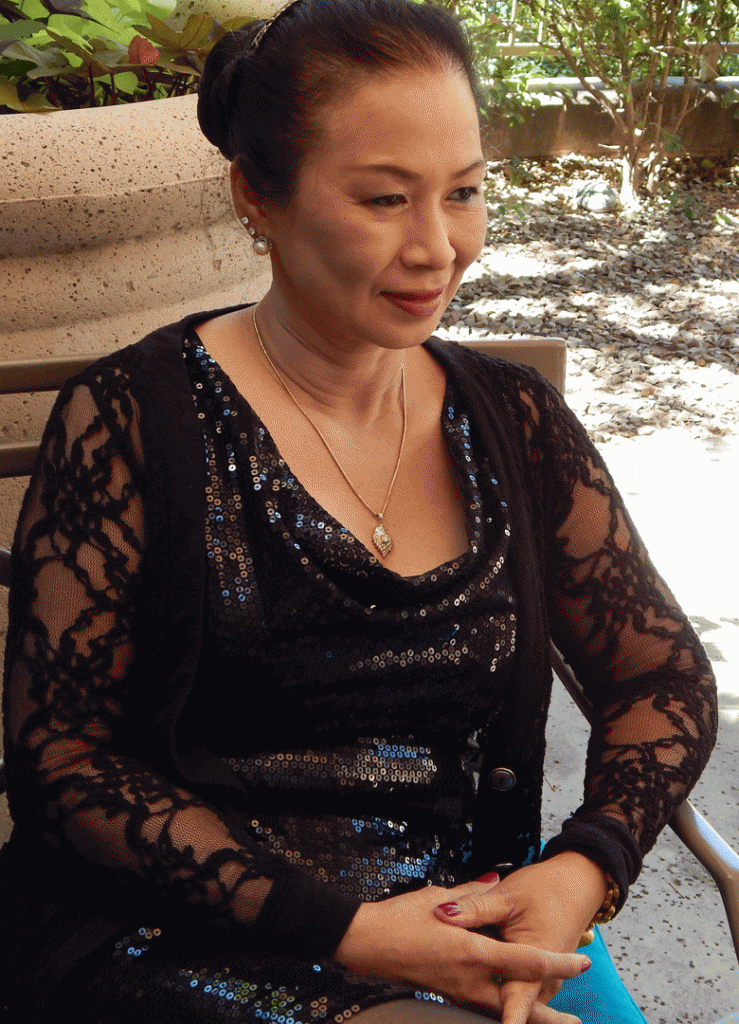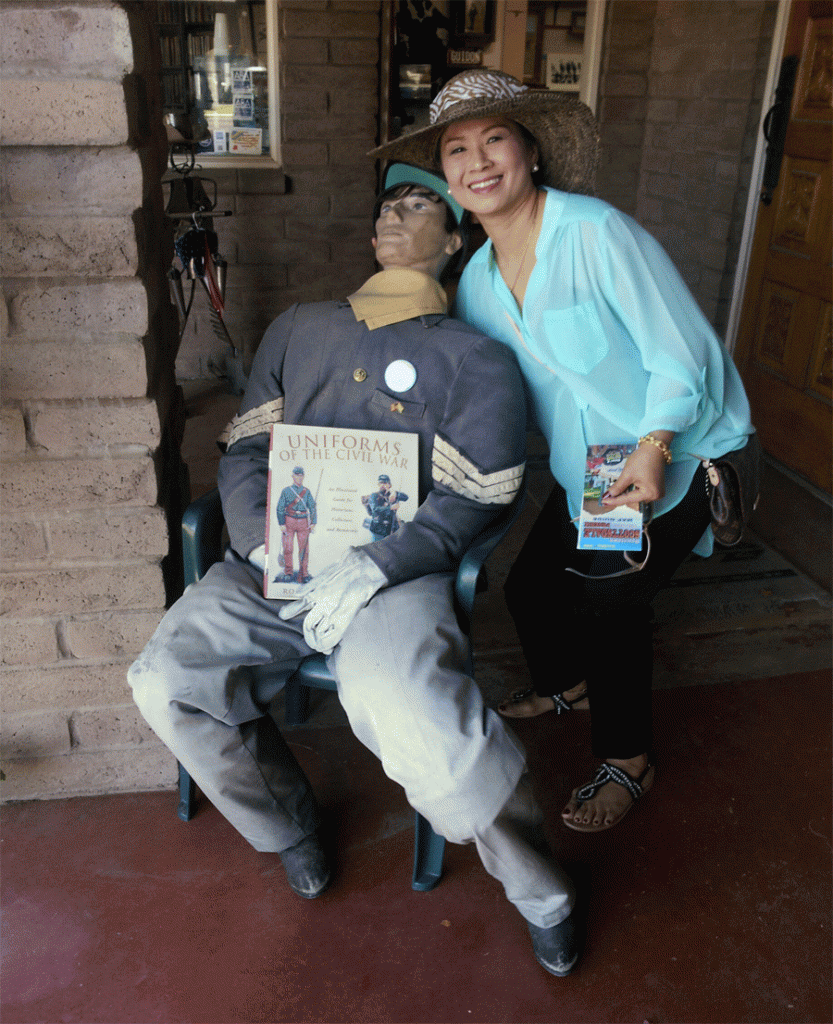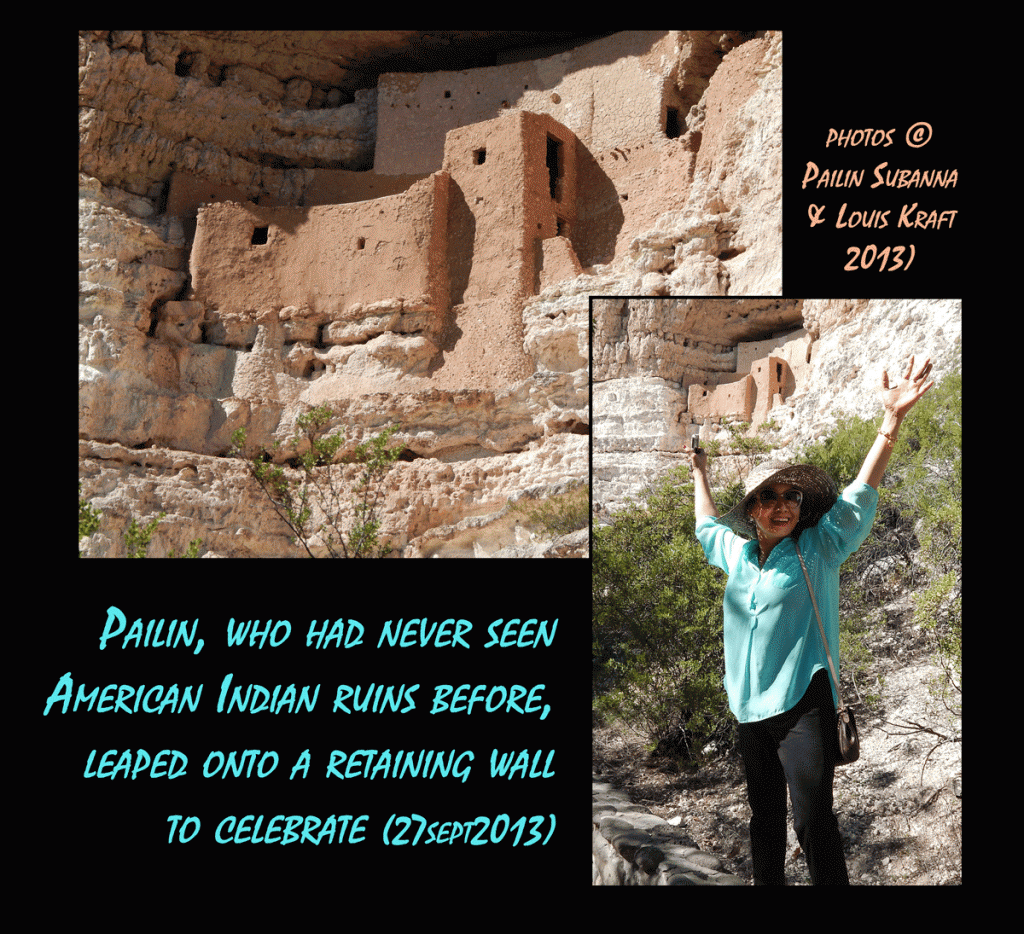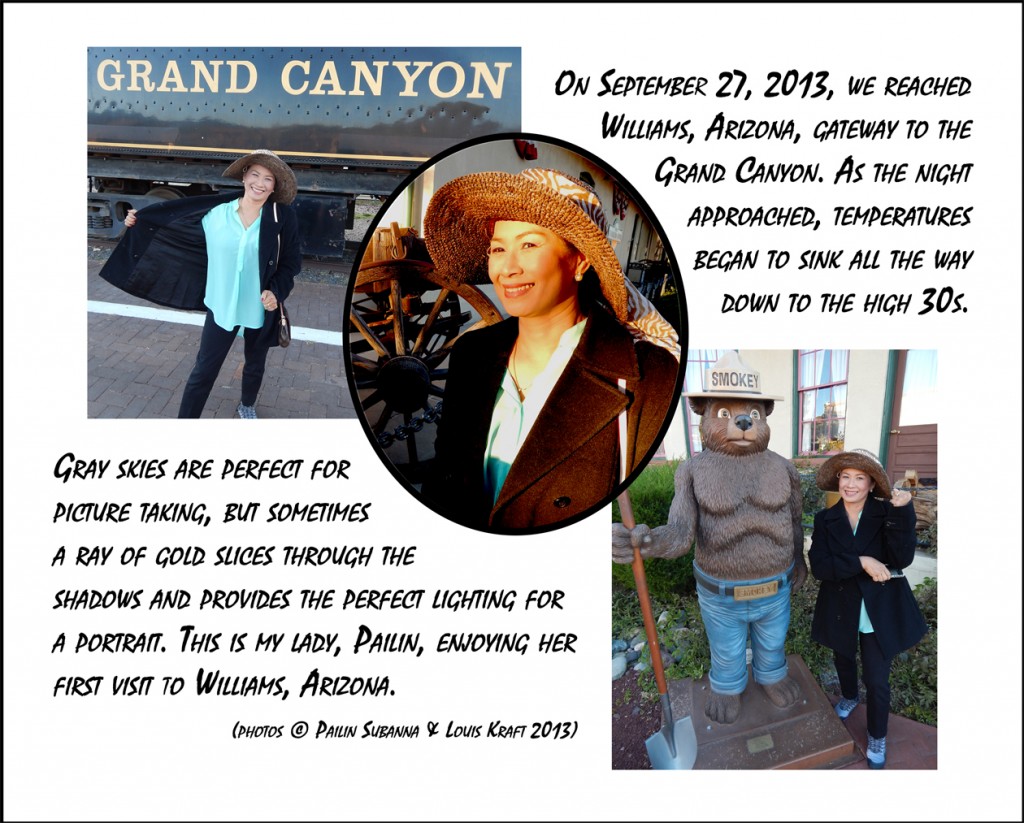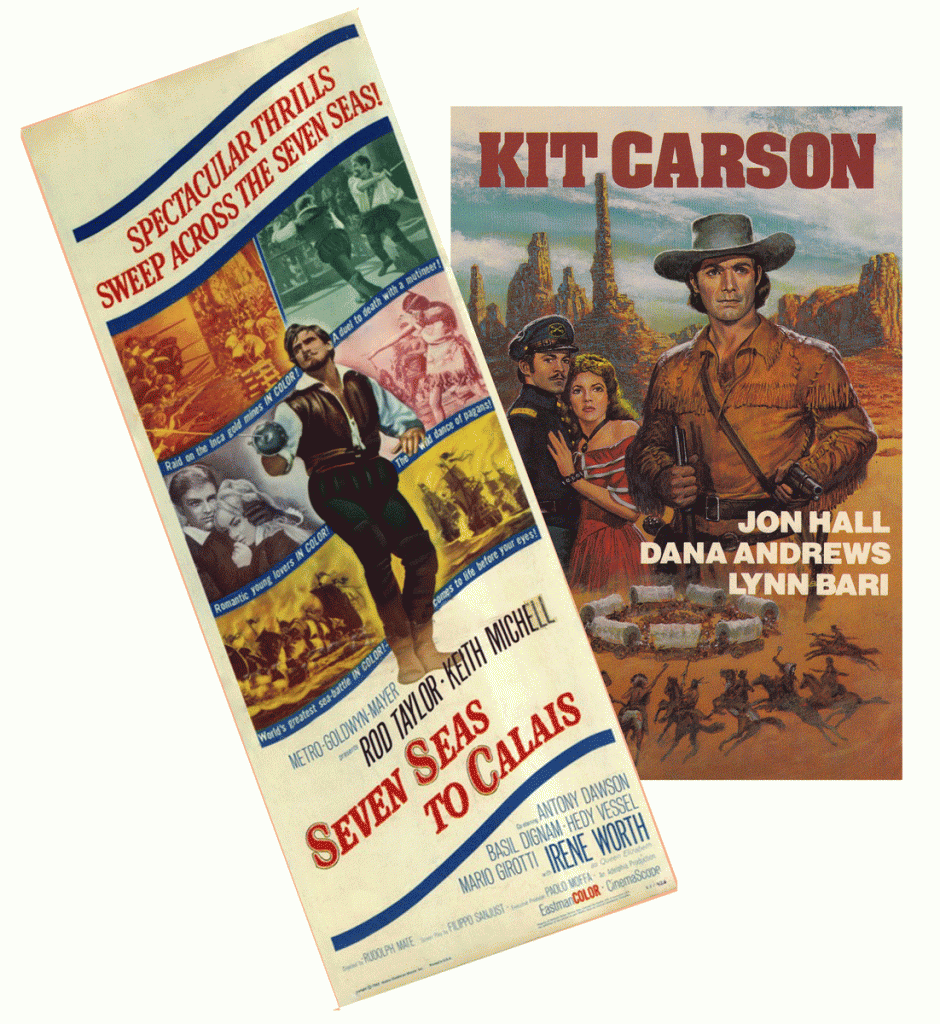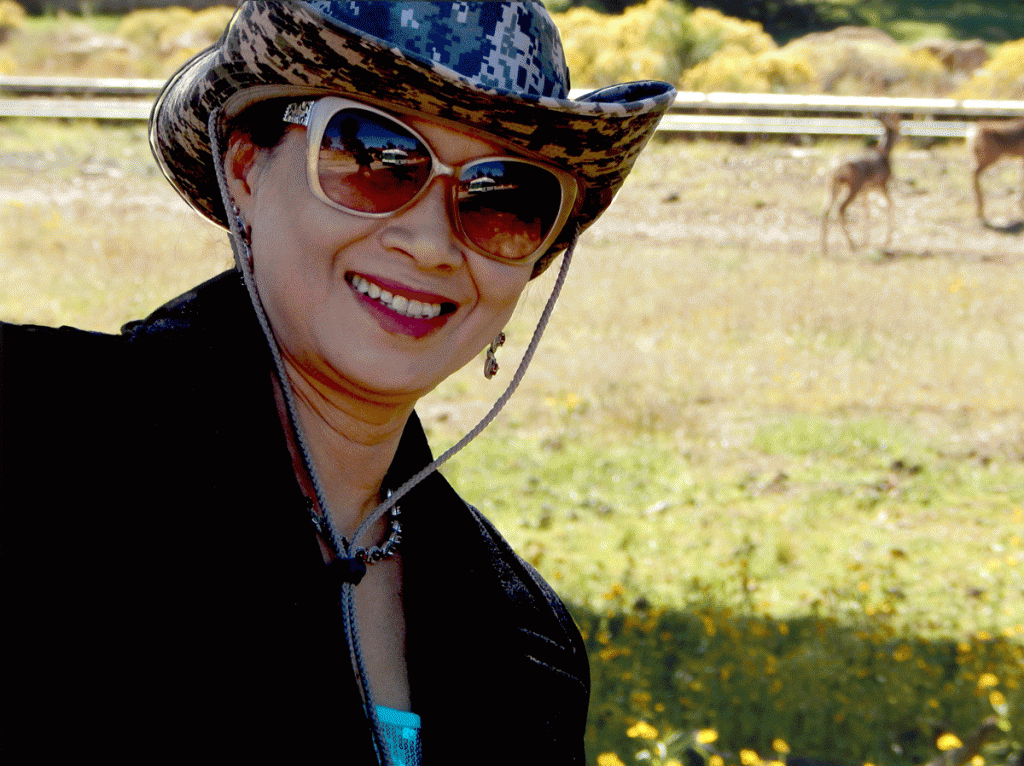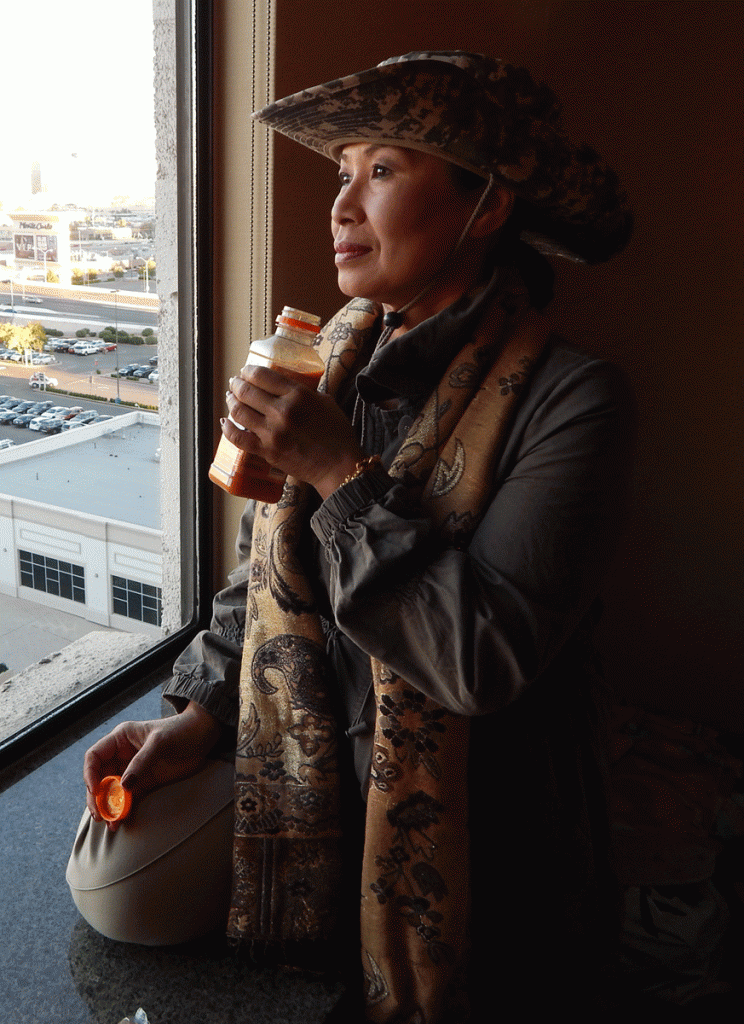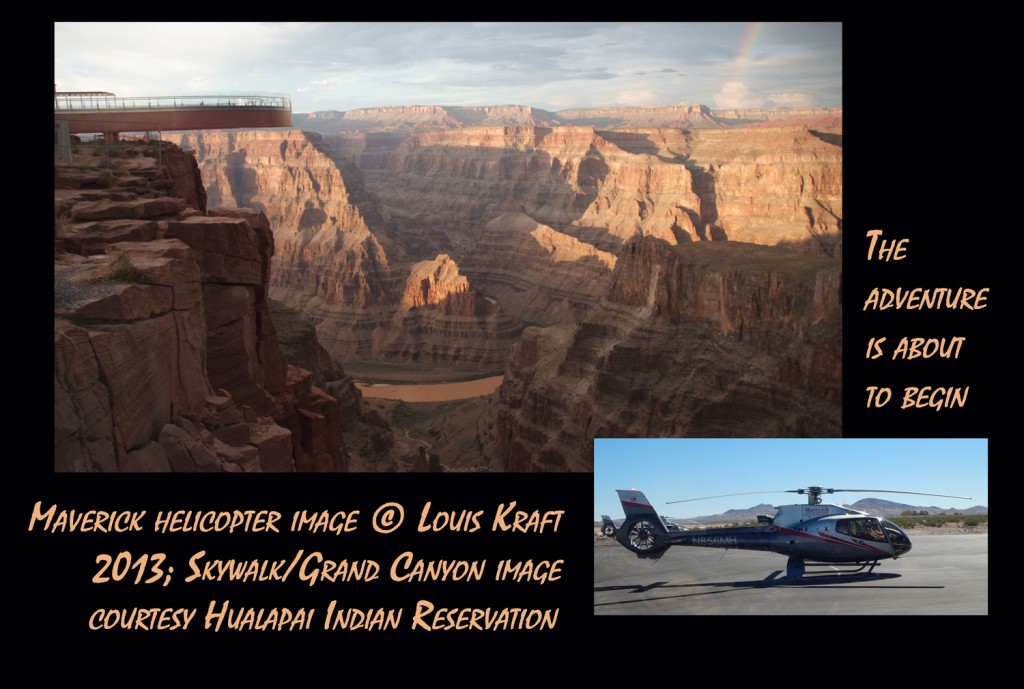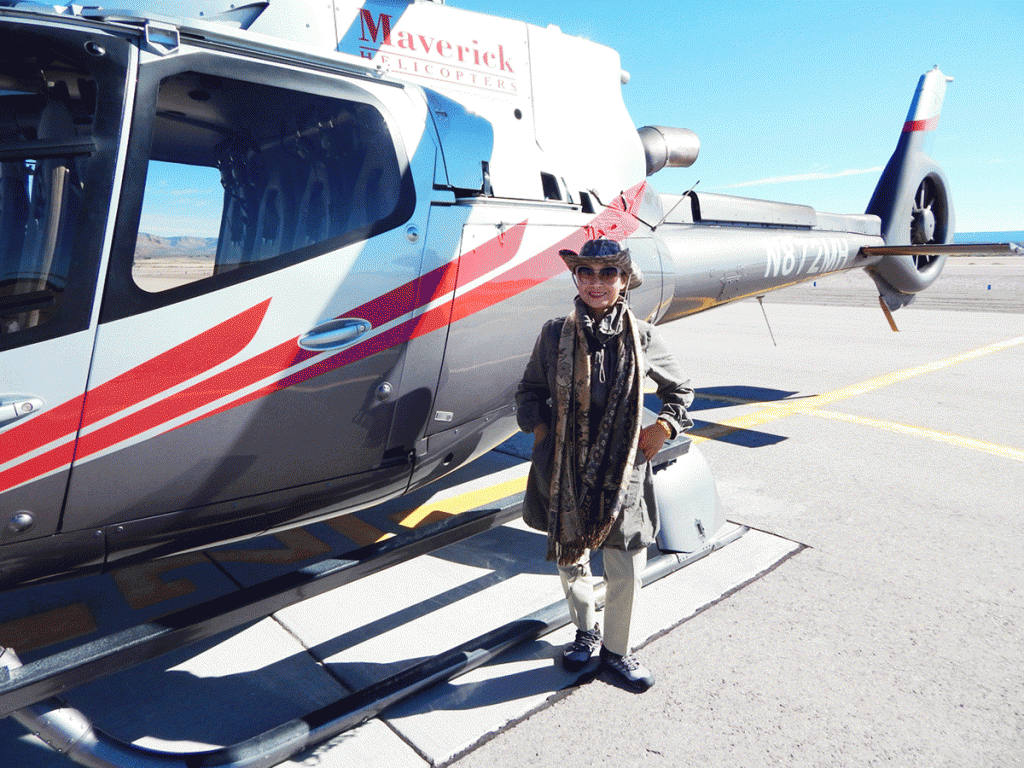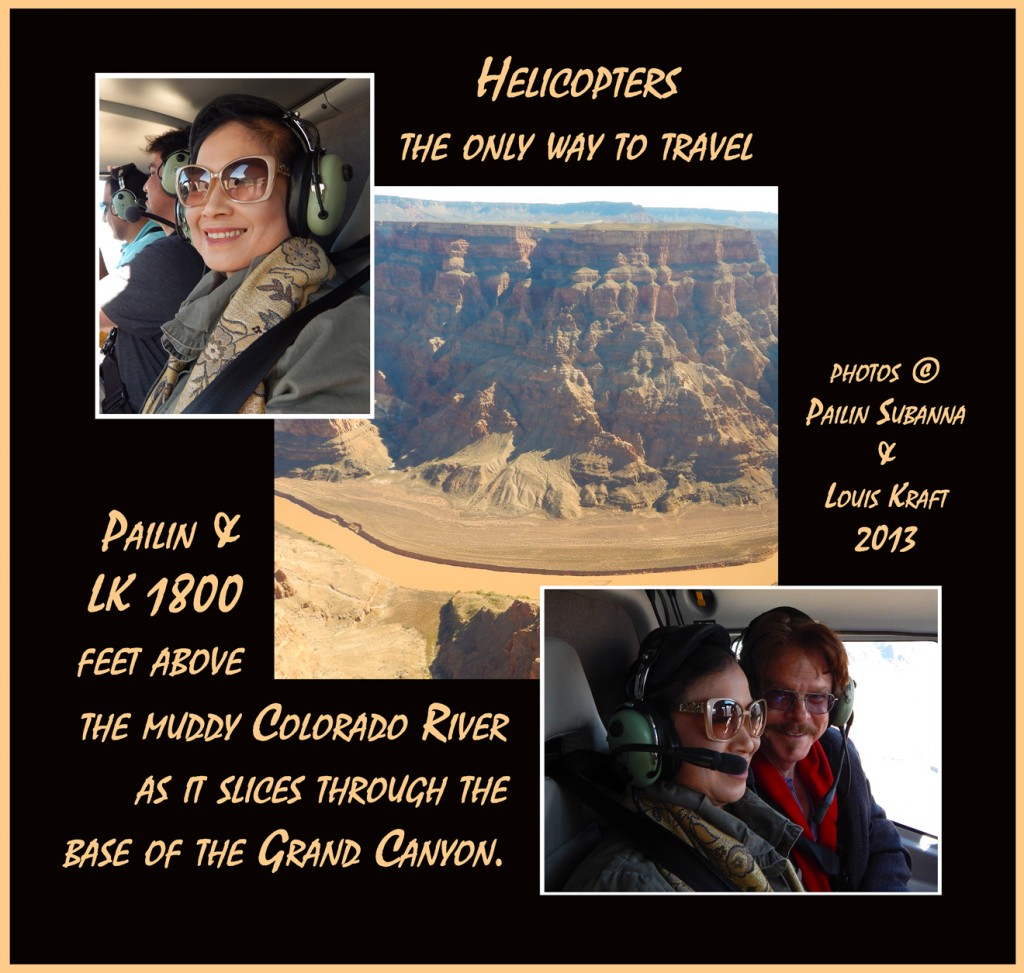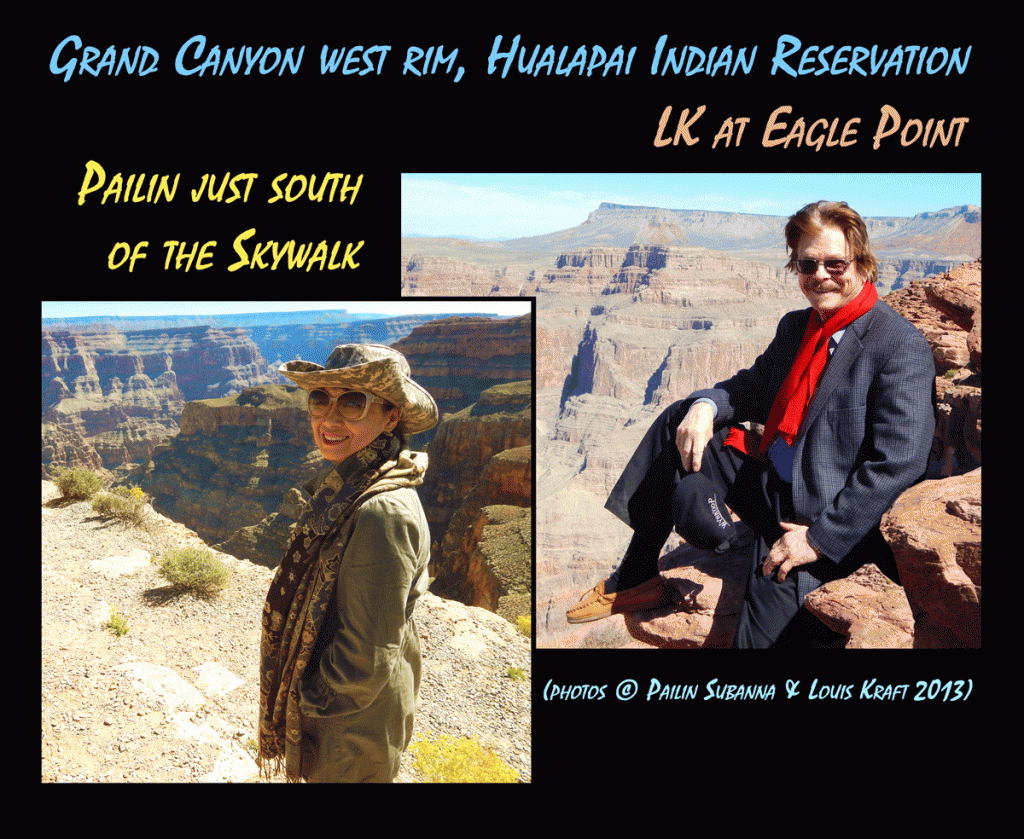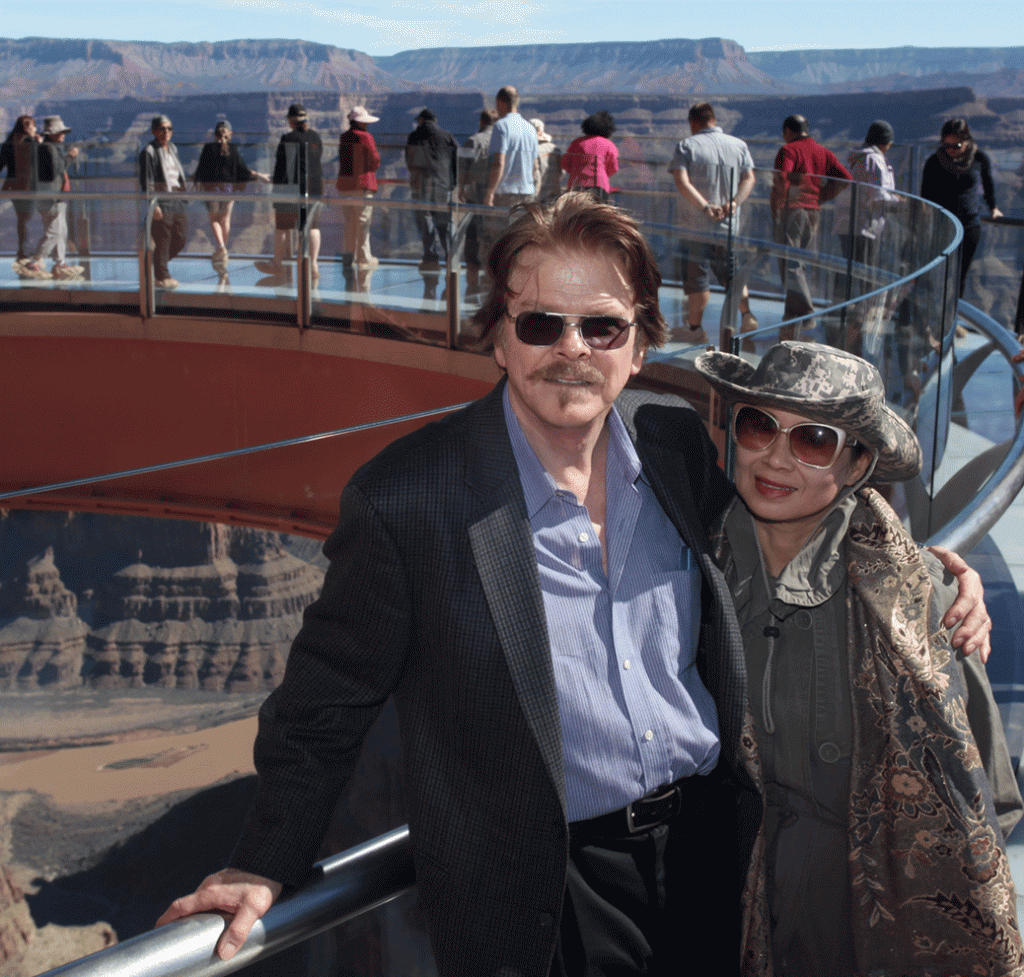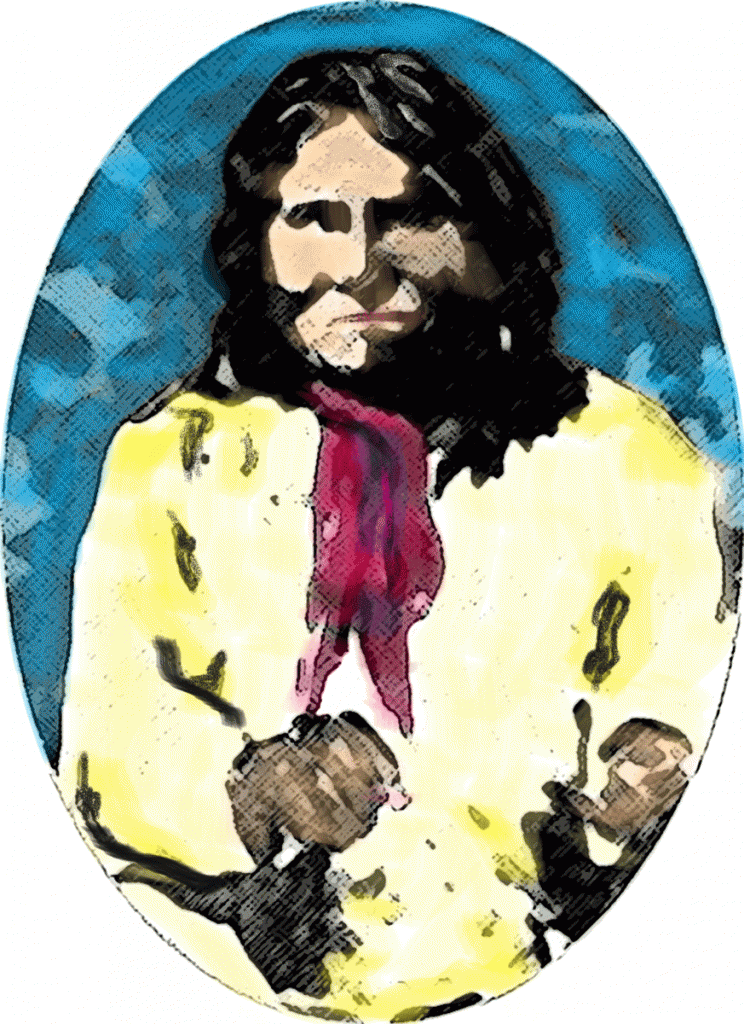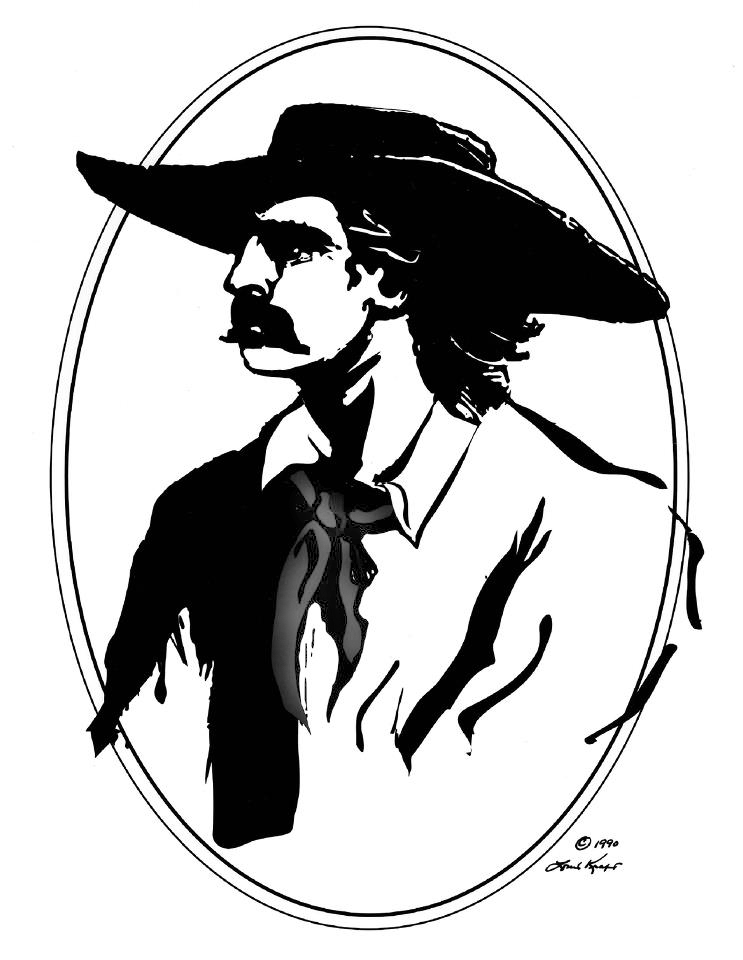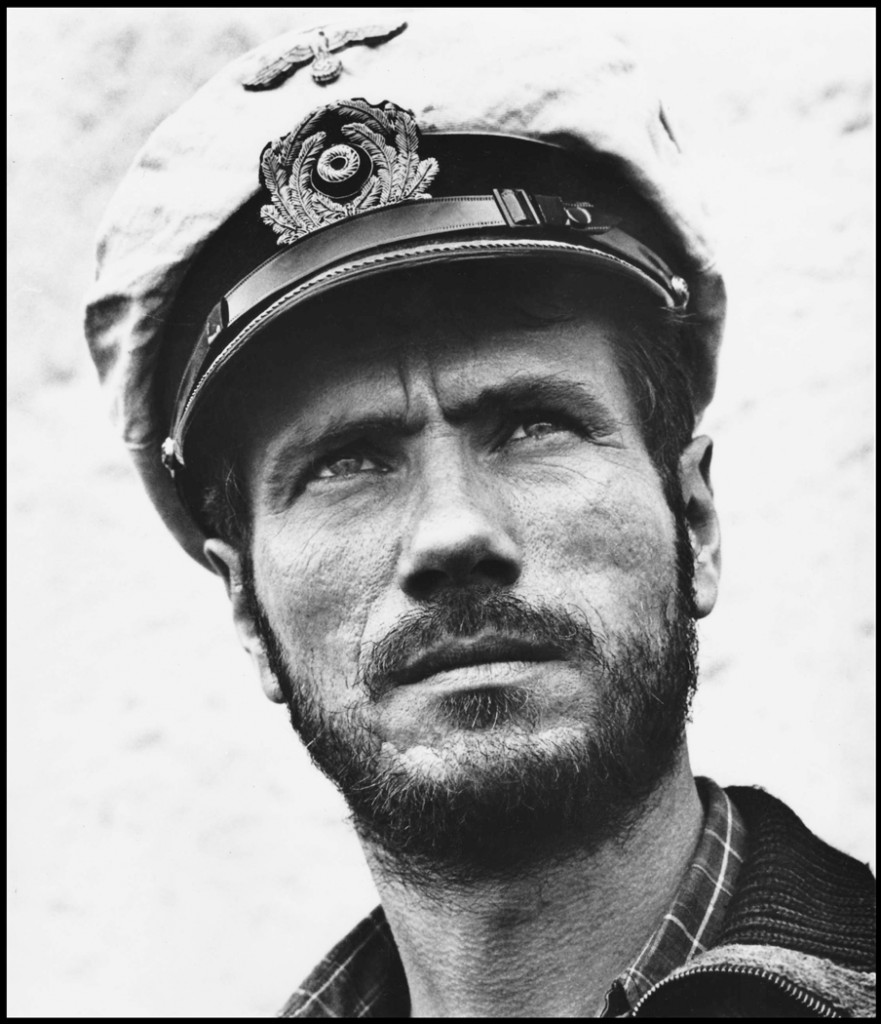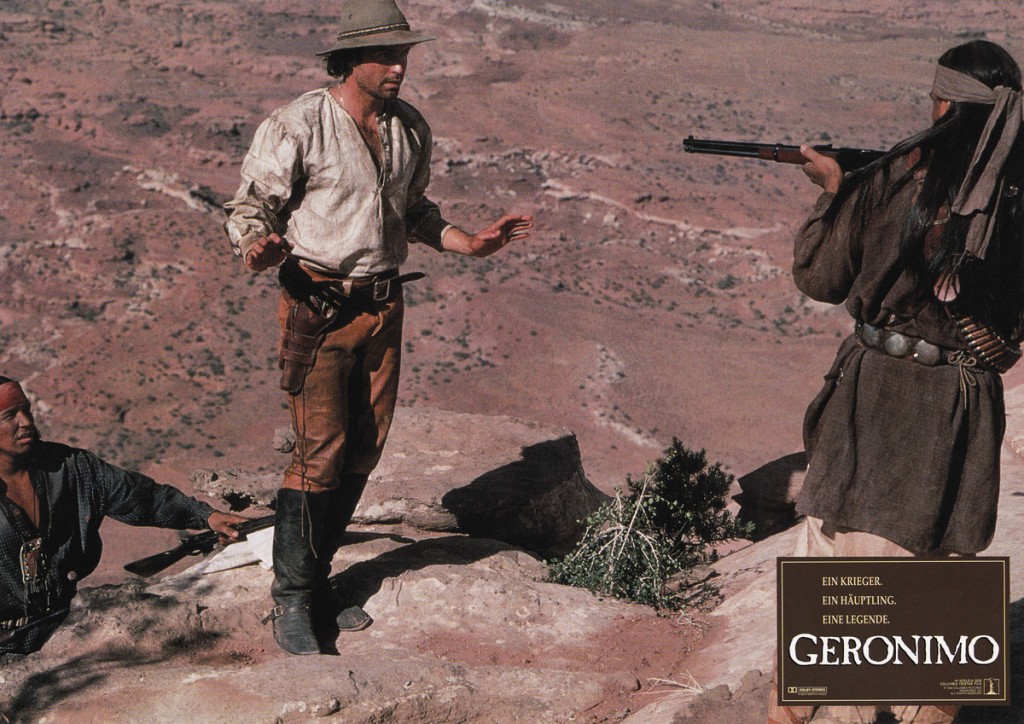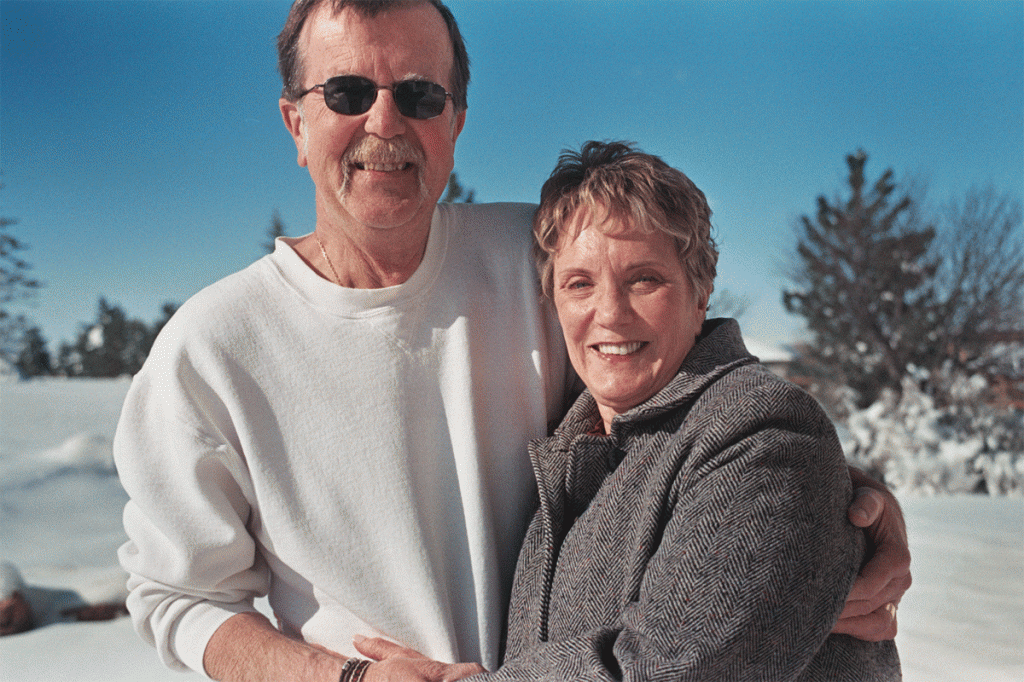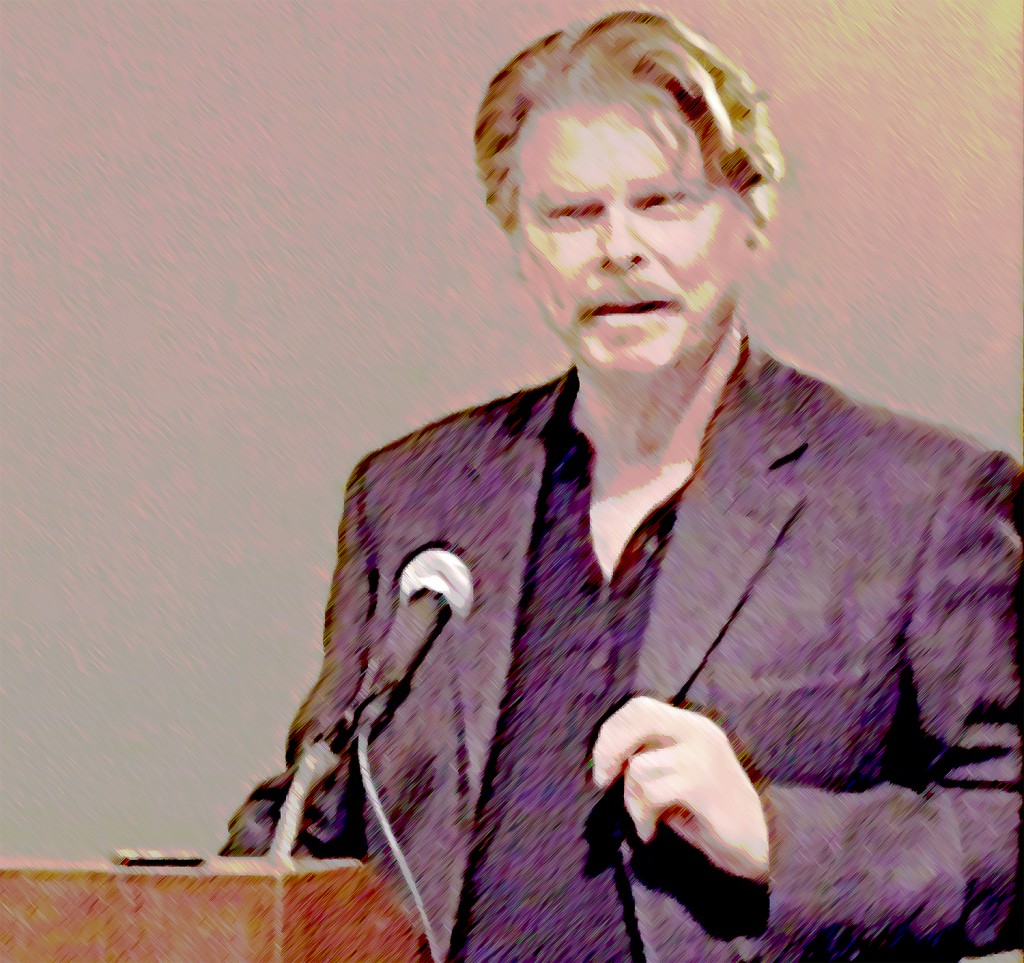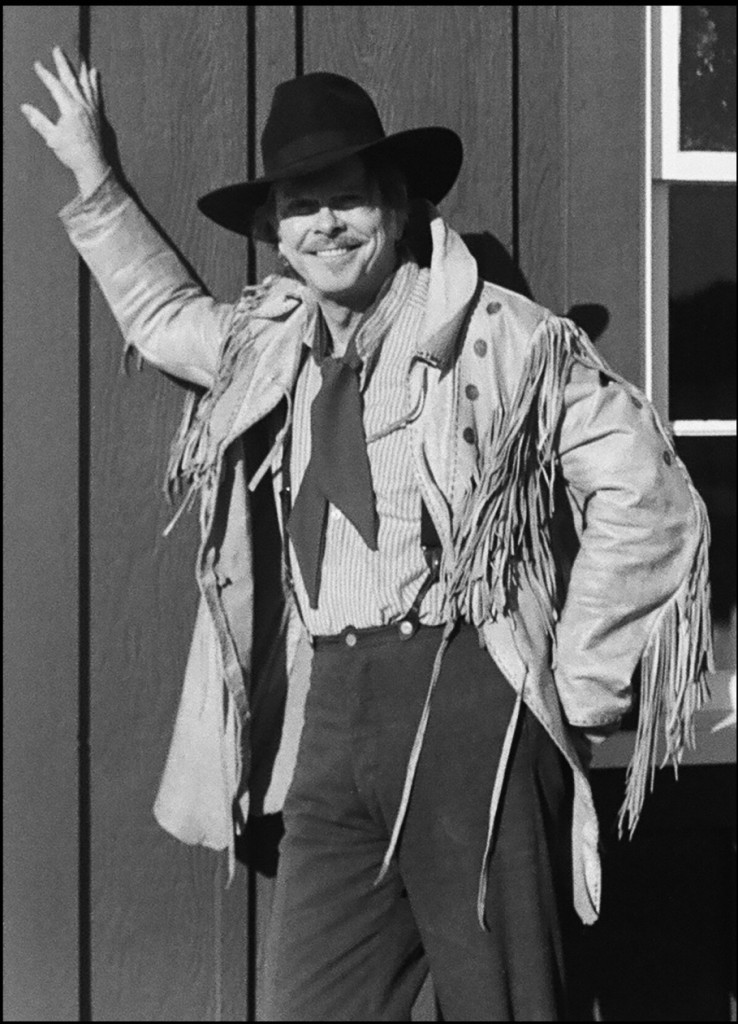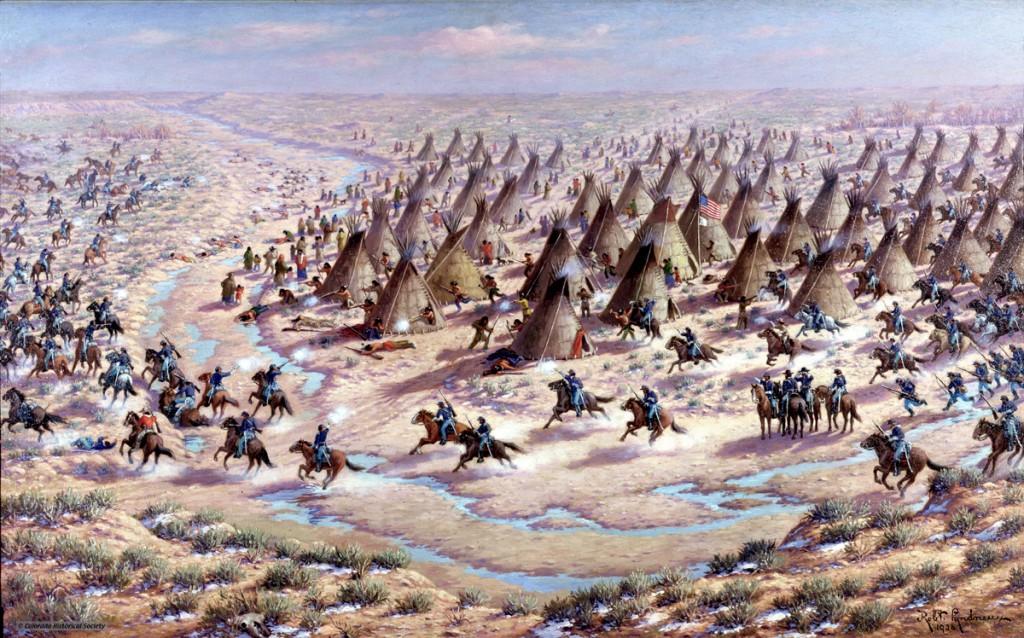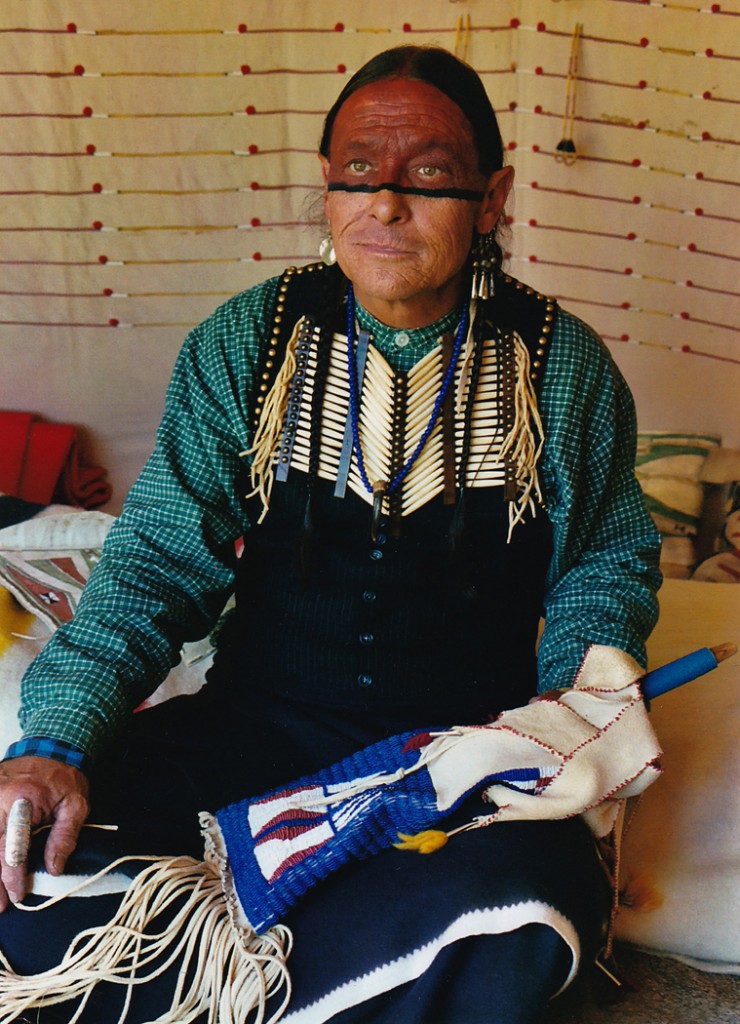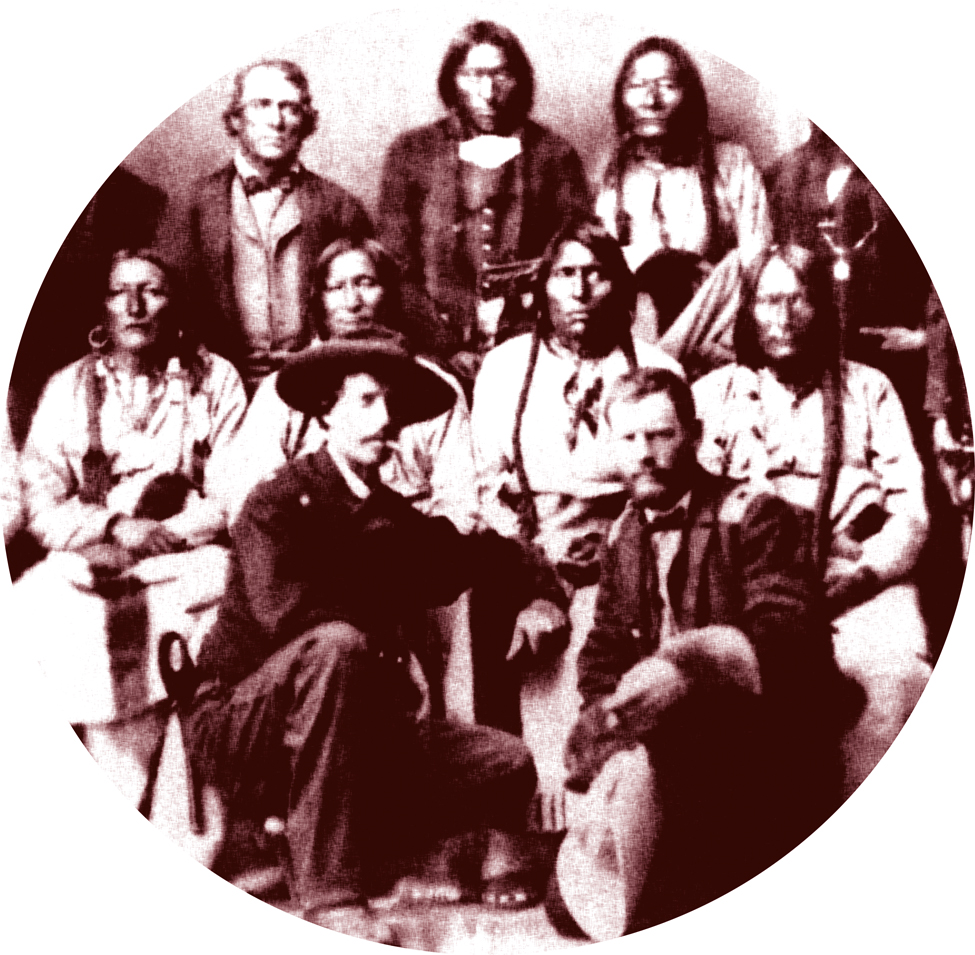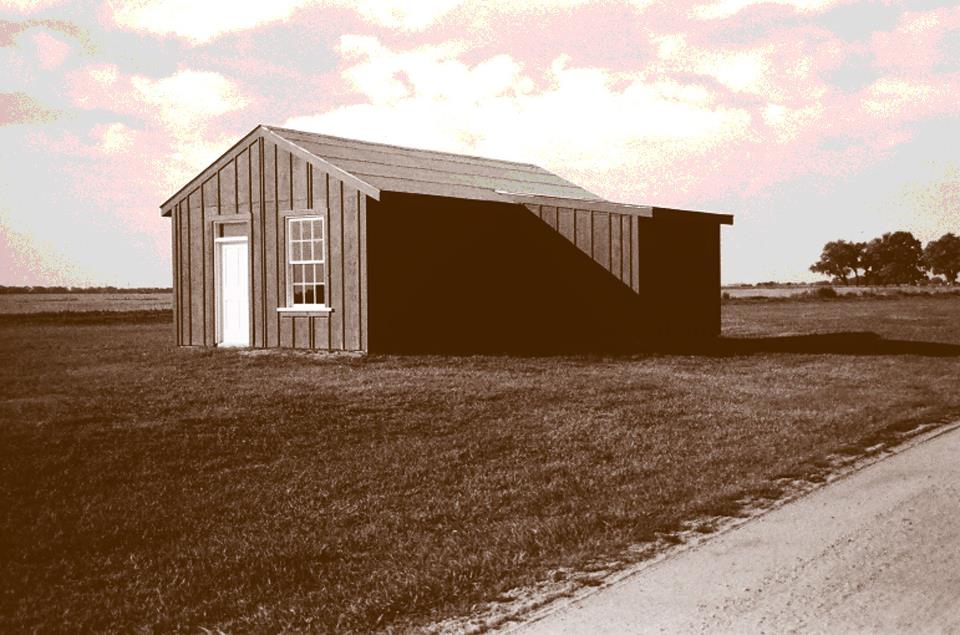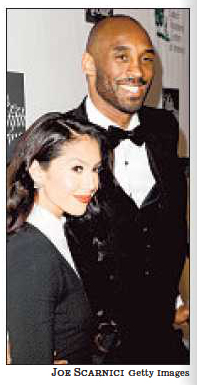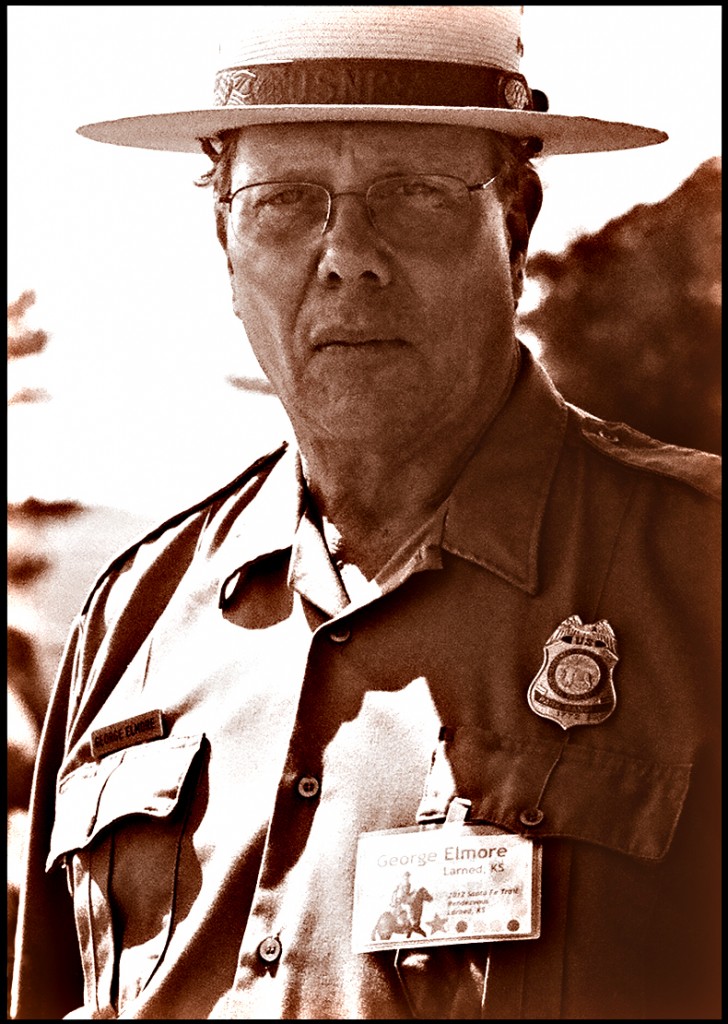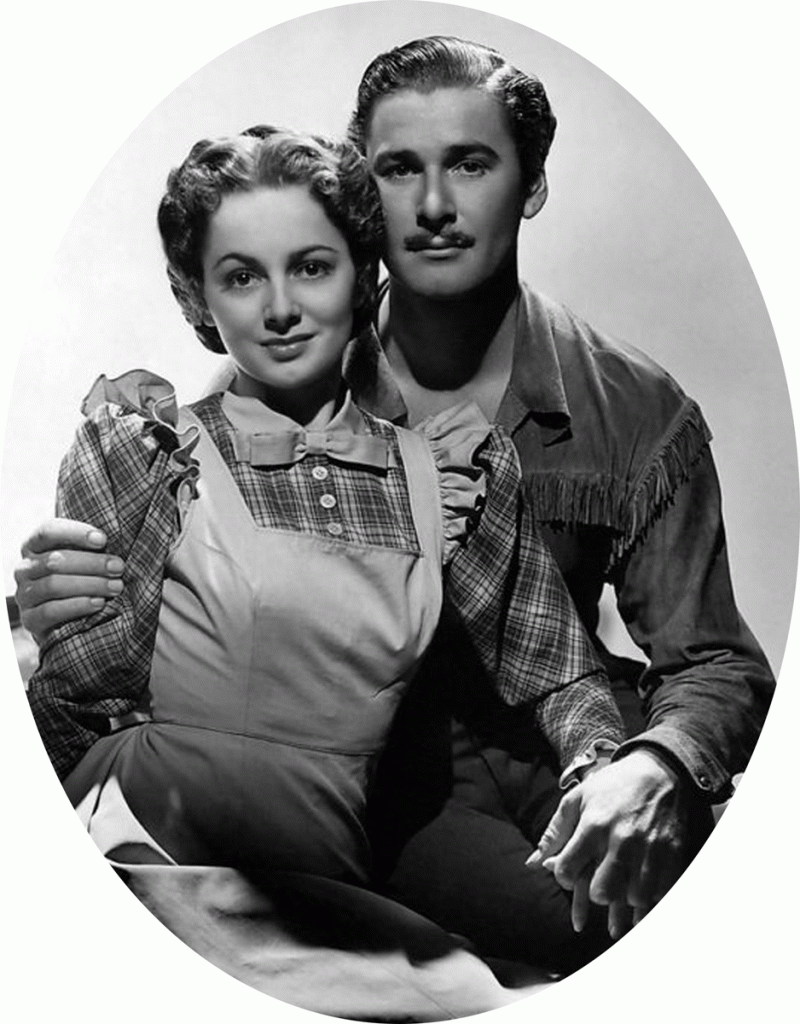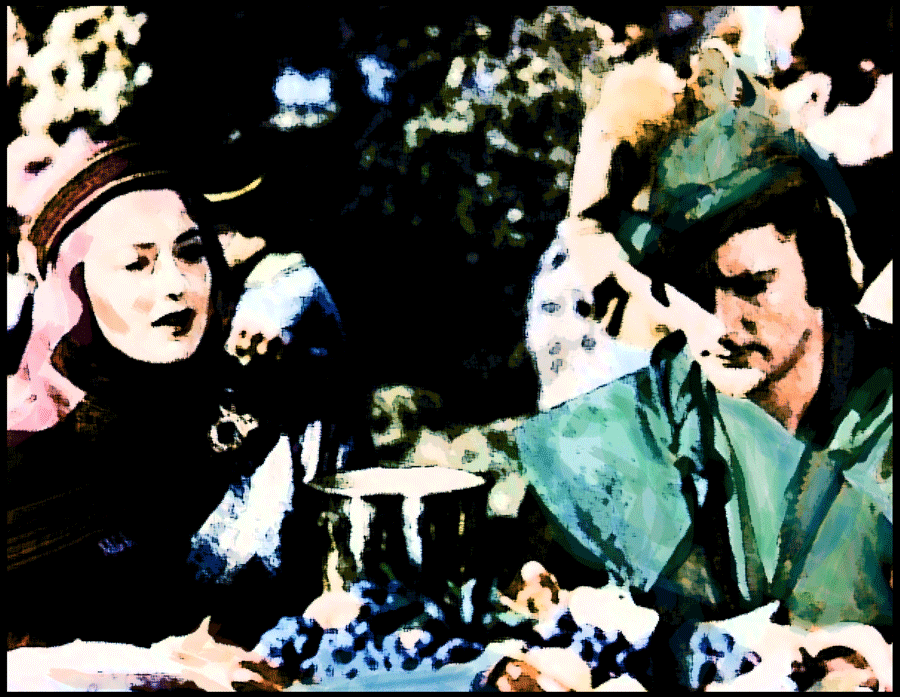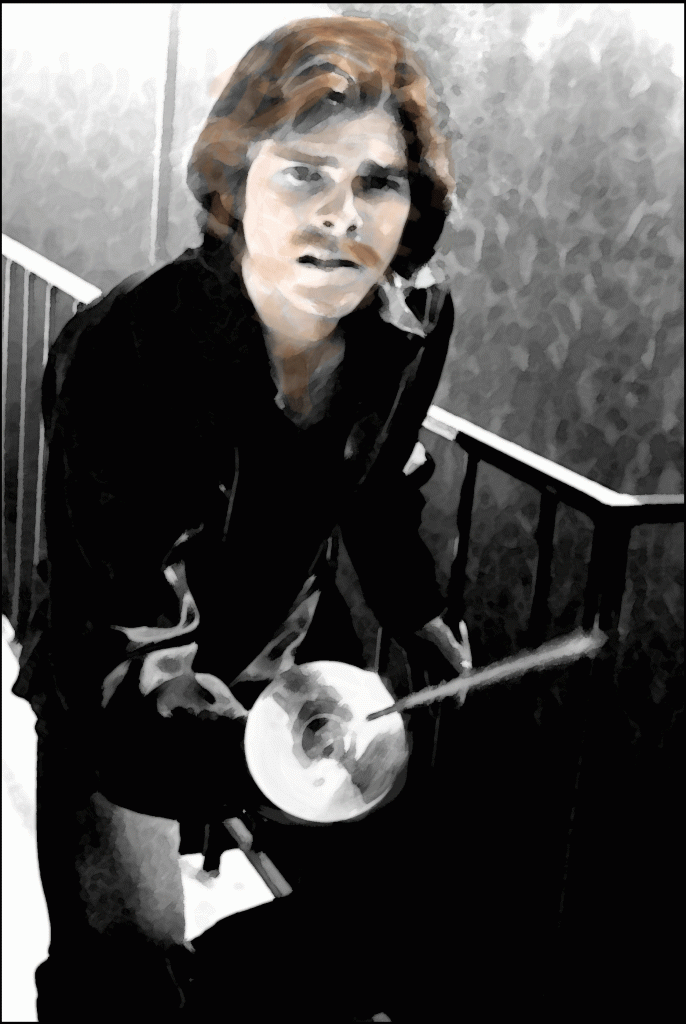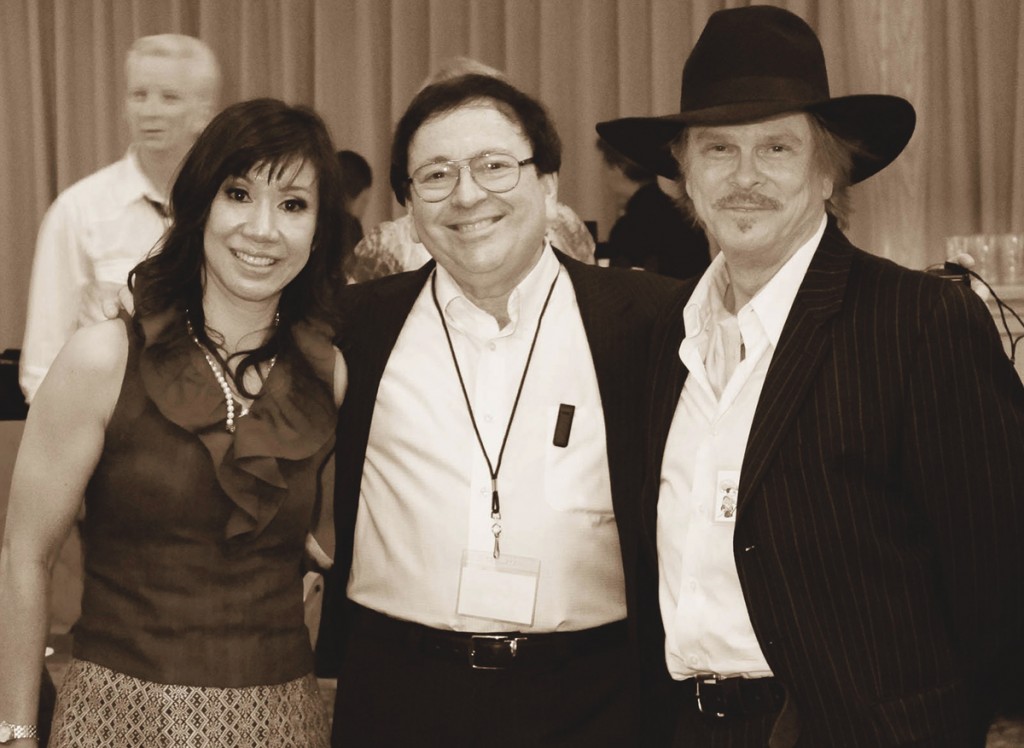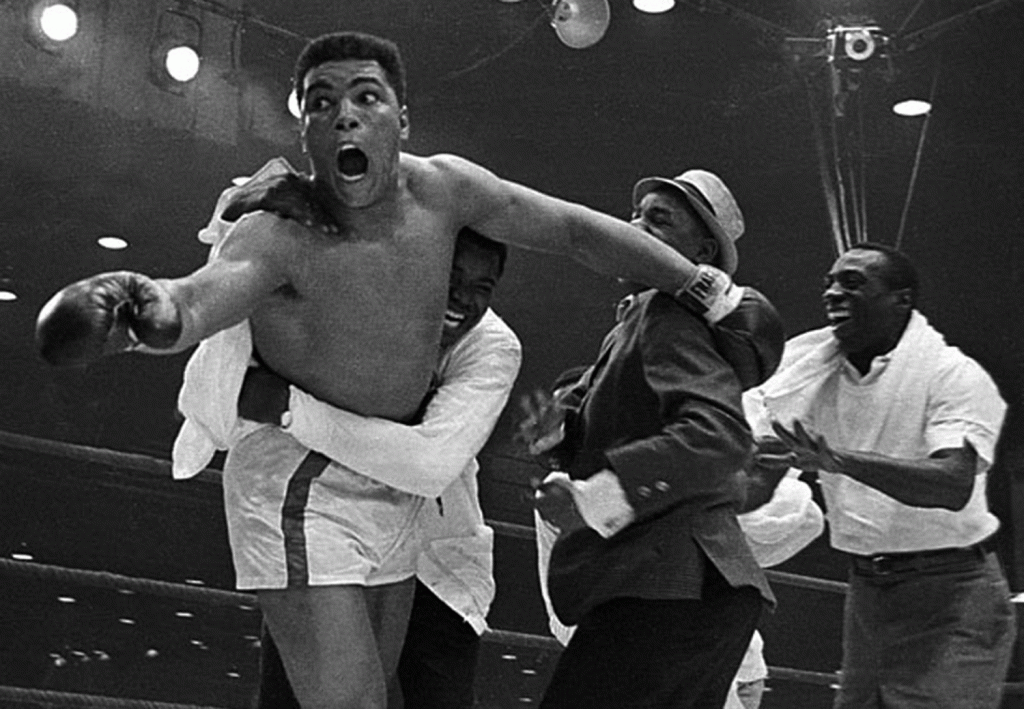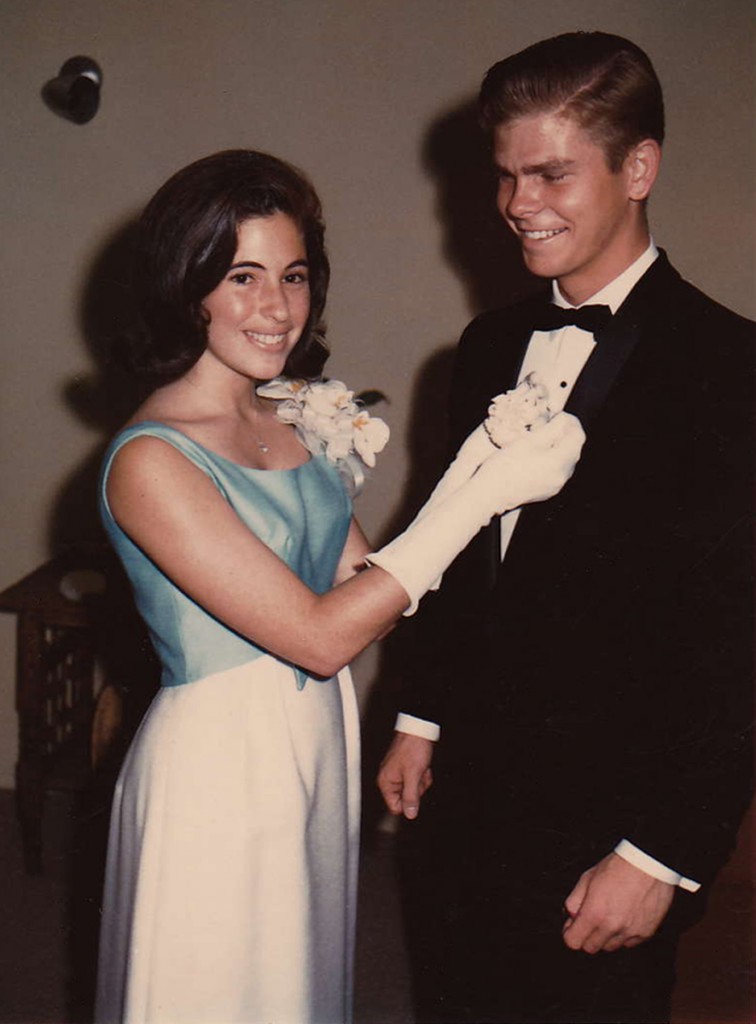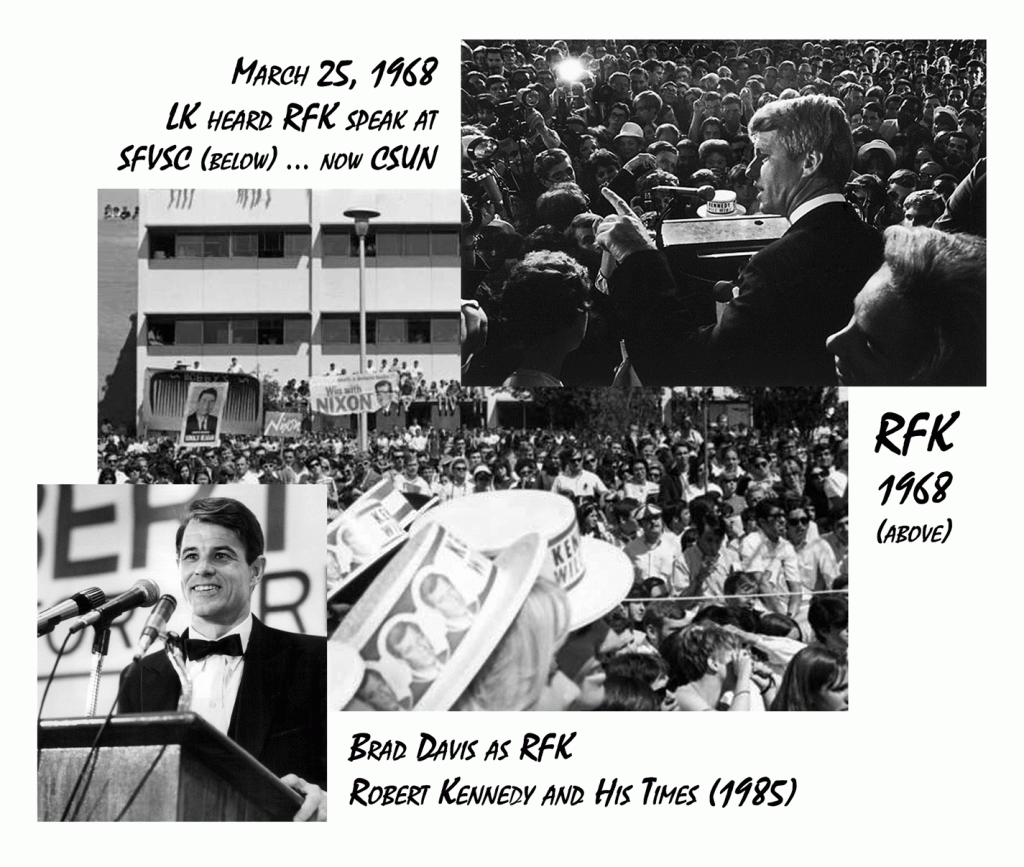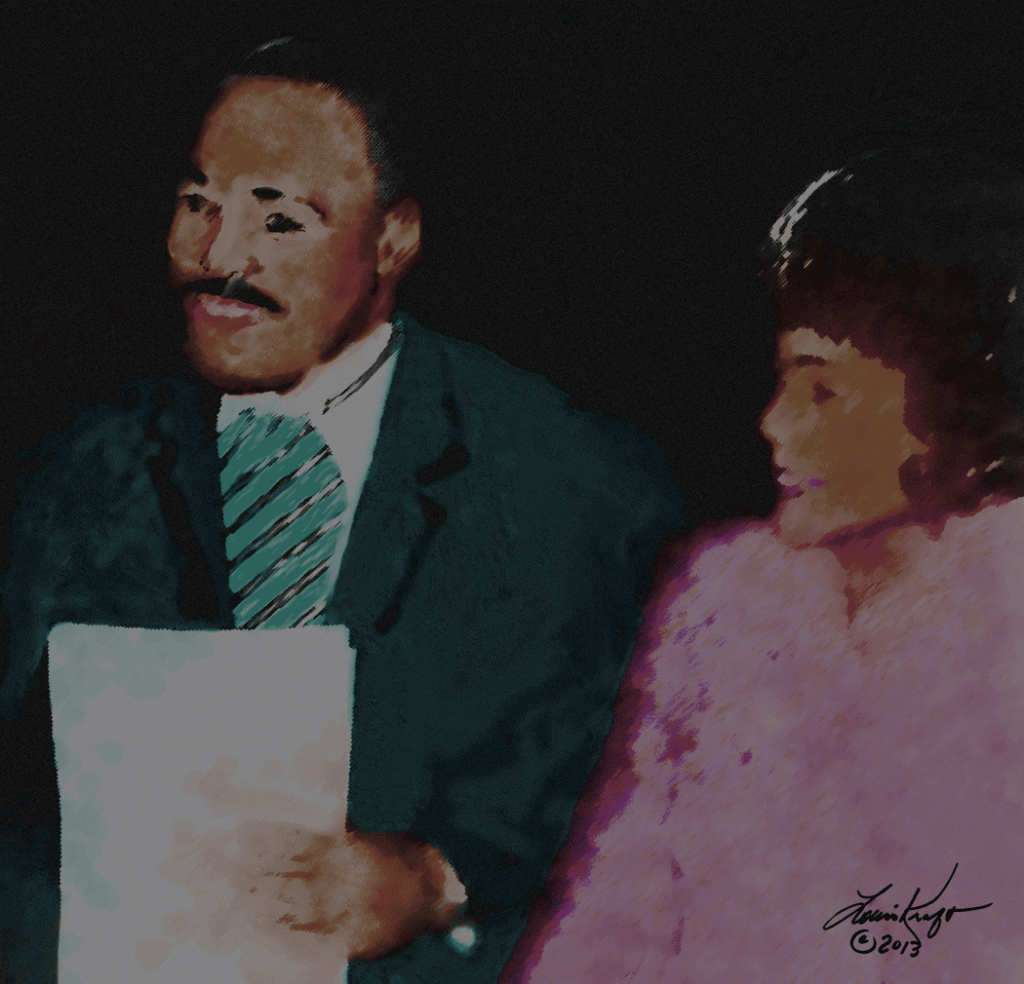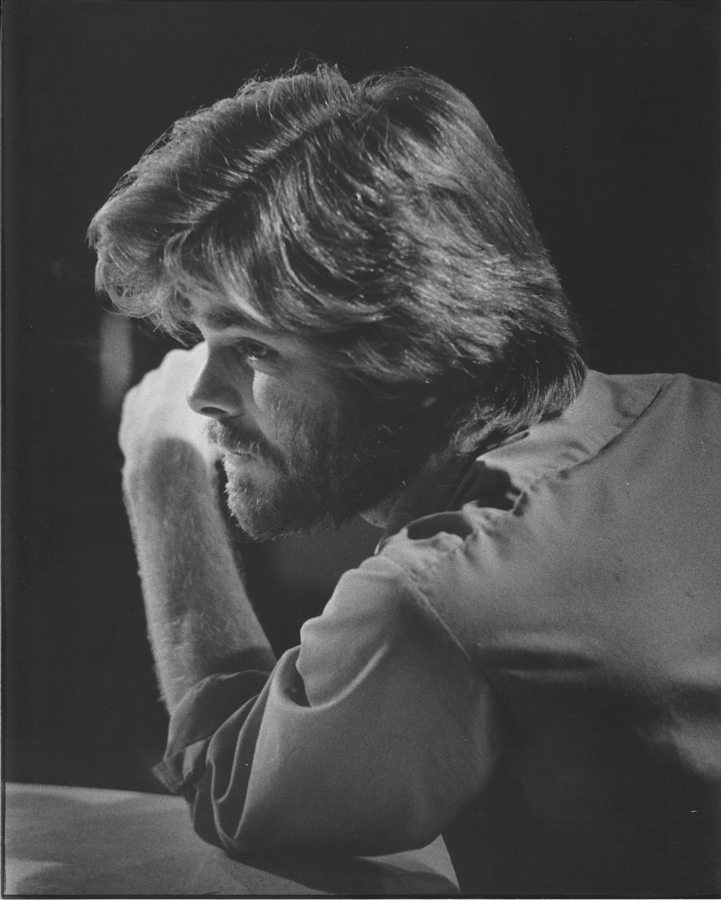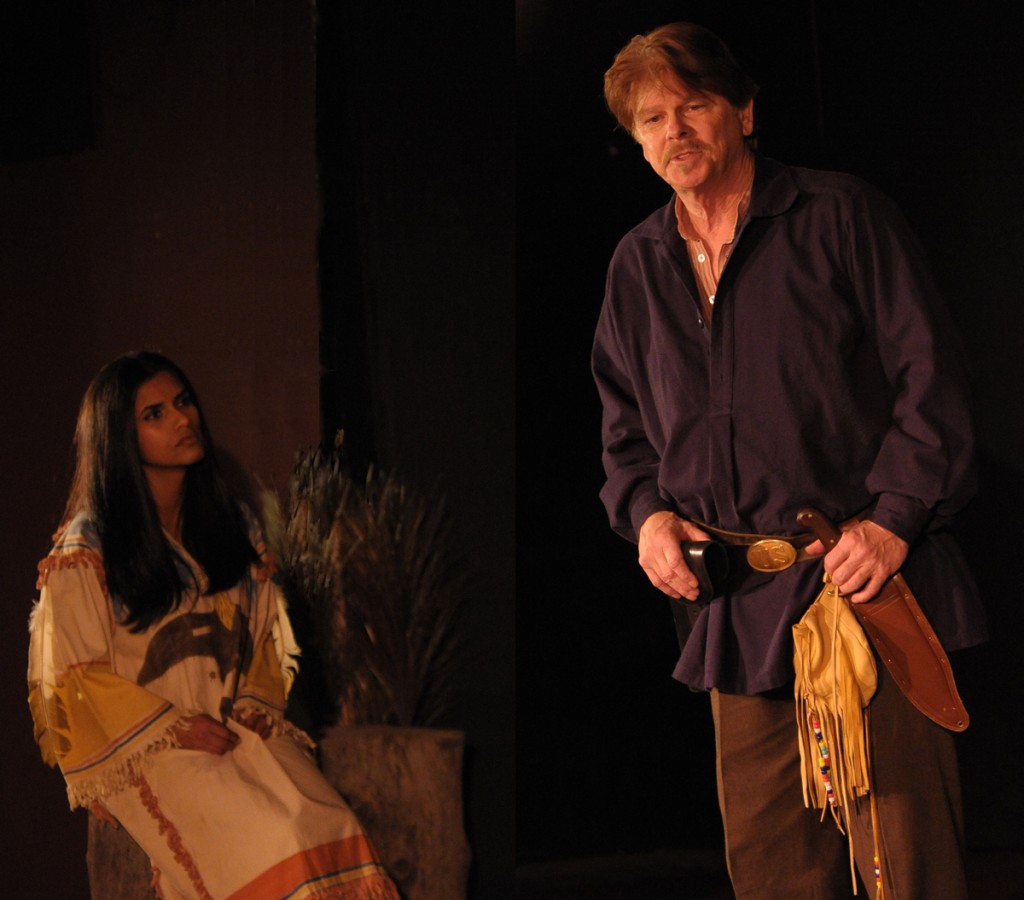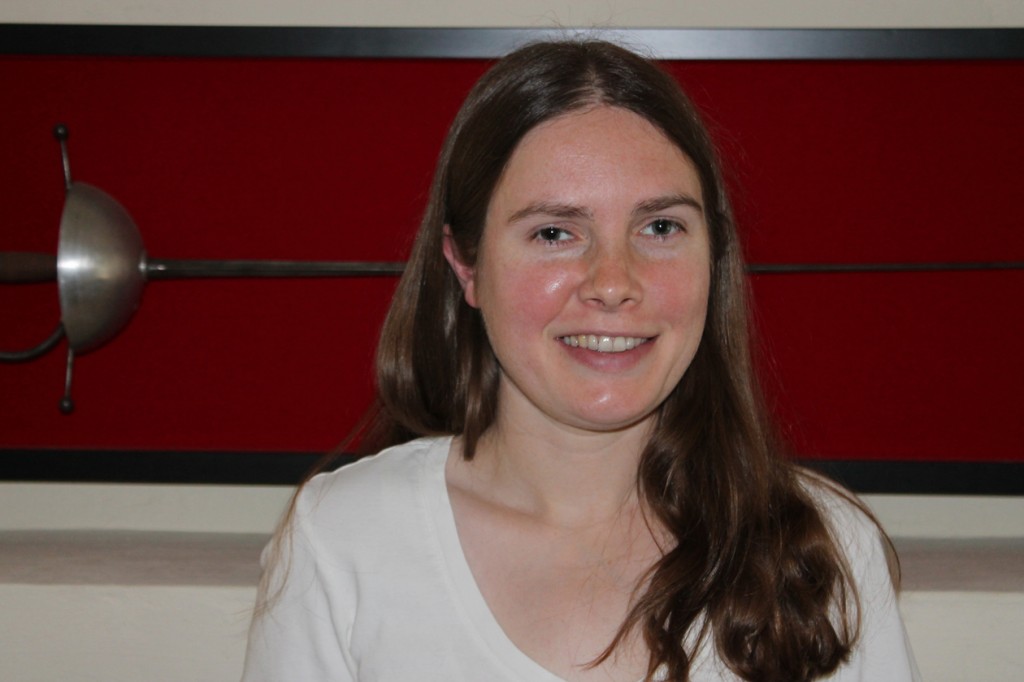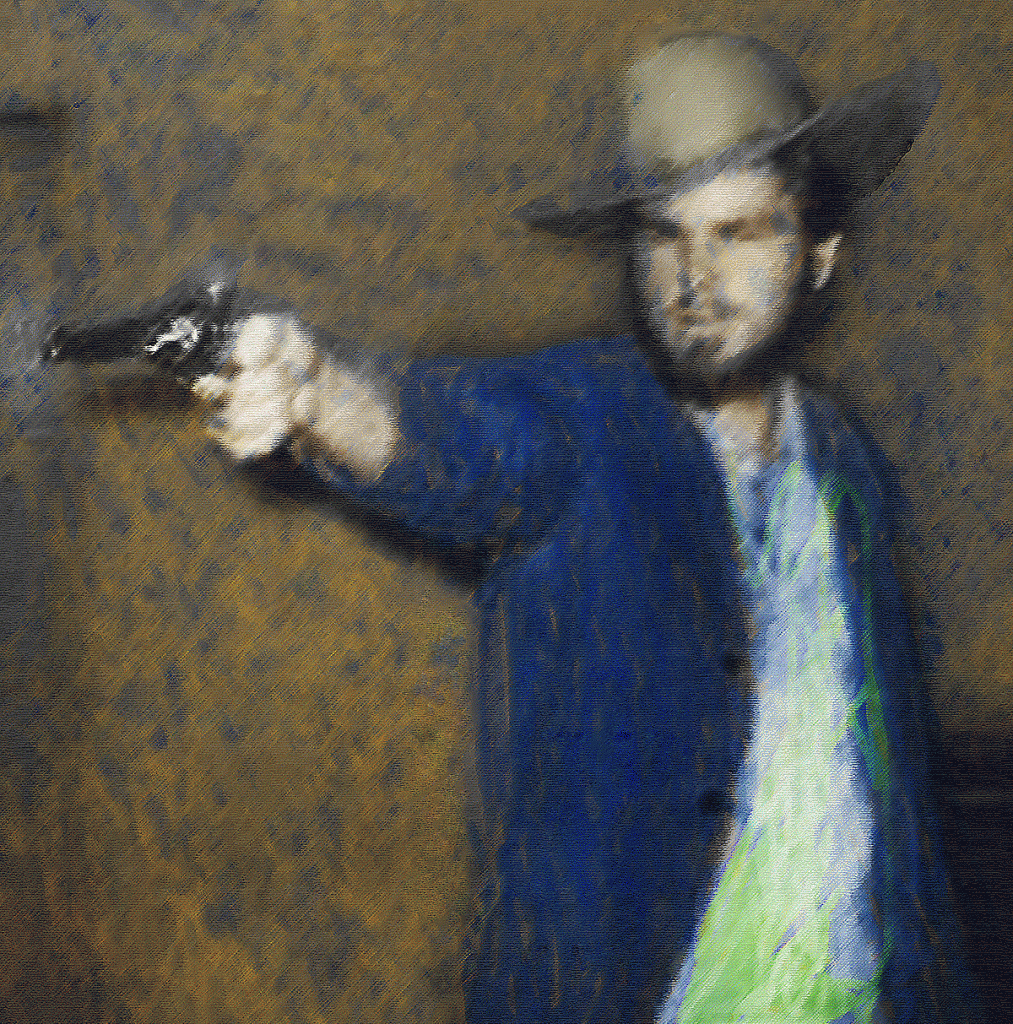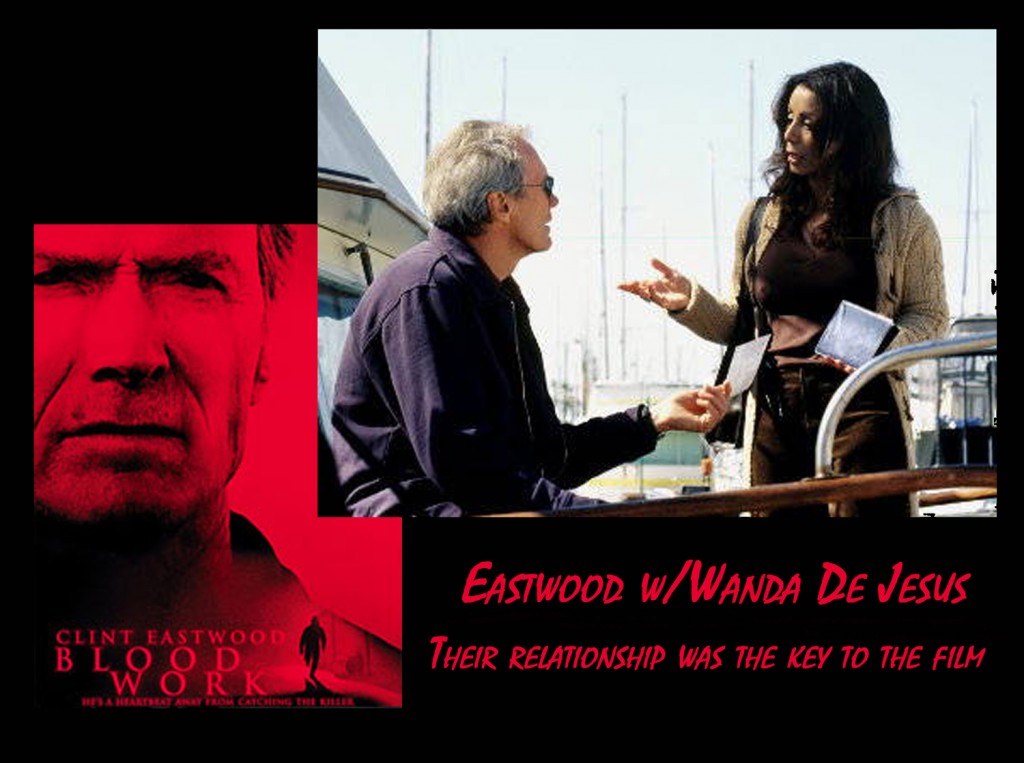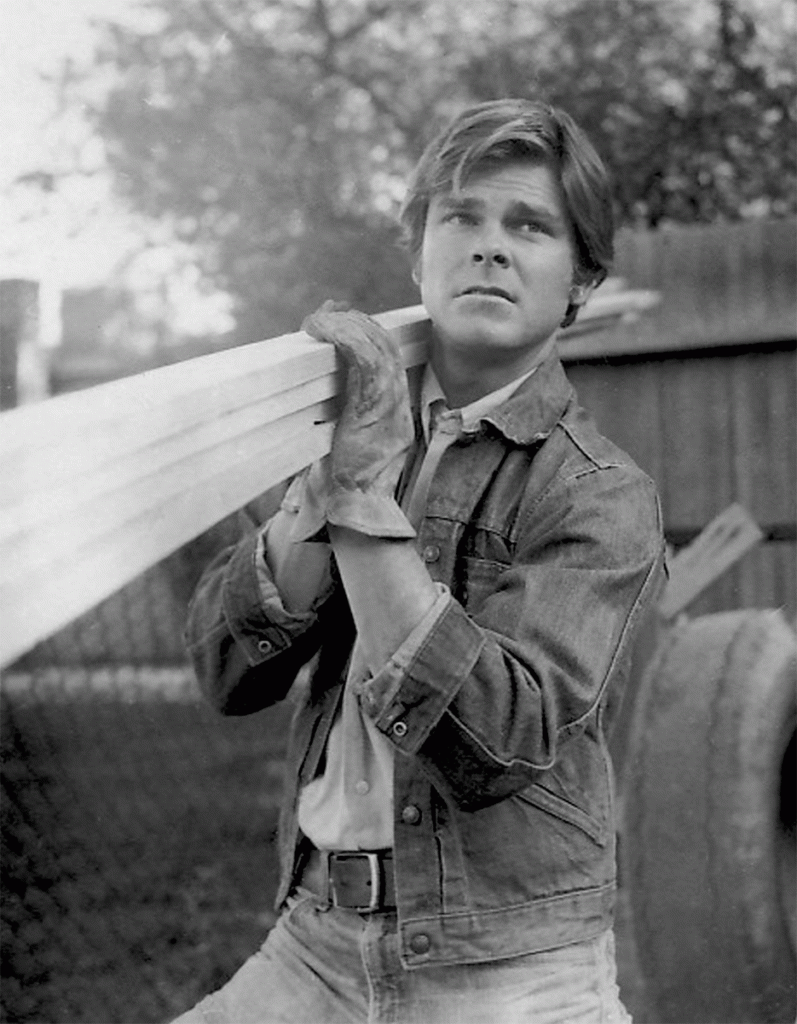Who says they don’t raise cowgirls in Thailand & other stories of Sand Creek
Posted December 29 2013
Website & blogs © Louis Kraft 2013-2020
Contact Kraft at writerkraft@gmail.com or comment at the end of the blog
This blog is going to meander, for in the LK world there are things that are important—mainly staying alive, eating, and moving forward with my writing world and cherishing my lady, my love, my life. And, of course, some things that don’t matter, but they do.
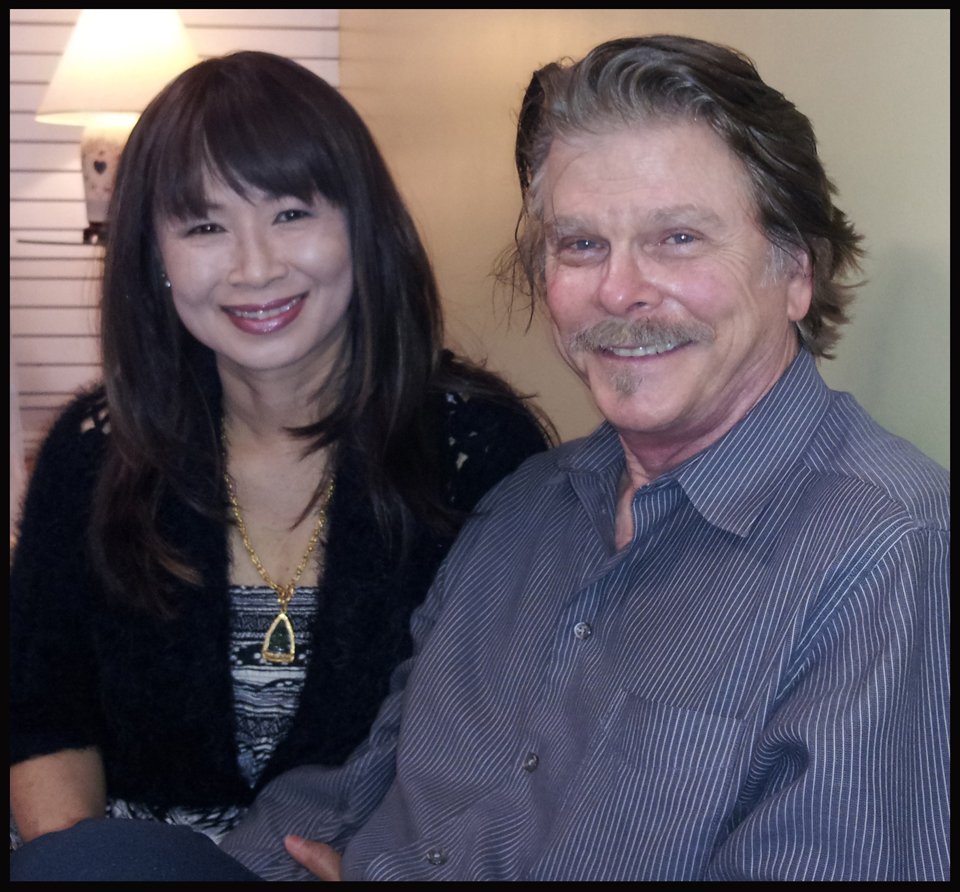
Pailin & LK at the opening of the Lily Pad Massage and Spa in Sherman Oaks, California. Two of Pailin’s friends officially opened their business on November 9, 2013, and we participated in the event, which was special. I know that some of you have seen this image elsewhere, but it has a special place on the blog (photo © Pailin Subanna & Louis Kraft 2013)
Reaching for the Moon
The positive to all this is that I’m writing again daily. Sand Creek and the Tragic End of a Lifeway and The Discovery (more to come on this medical-legal thriller in a future blog) lead the way. Errol & Olivia lags behind, but this is a major book for me and it will see good progress in 2014. I can’t tell you how many people have complained about my slow output—face-to-face and in letters and emails. Some have been good friends; even lovers. They haven’t understood, and will never understand, my quest. Never! I research and write at my own pace, and my books and articles take a lot of time to create.
I never short-change my subjects for a quick buck. Sand Creek, Errol Flynn, Kit Carson—like good wine, their time will come when I’m ready. It has taken me a lifetime to know who I am and what I do. Meaning that there have been decades of false starts, learning, and failure. But that’s what life’s all about—reaching for the moon time and again until one can actually grab it. I’m not specifically referring to writing here, but my life, which includes my writing.
An explanation of “the Dark Side”
For those of you that haven’t been aware of it, at the beginning of 2013 I made a decision that if I didn’t reconnect with the technical world, and believe me when I say I had no intentions of taking a 50 percent pay cut, that this world would cease to exist in 2014. The year 2014 is about to arrive.
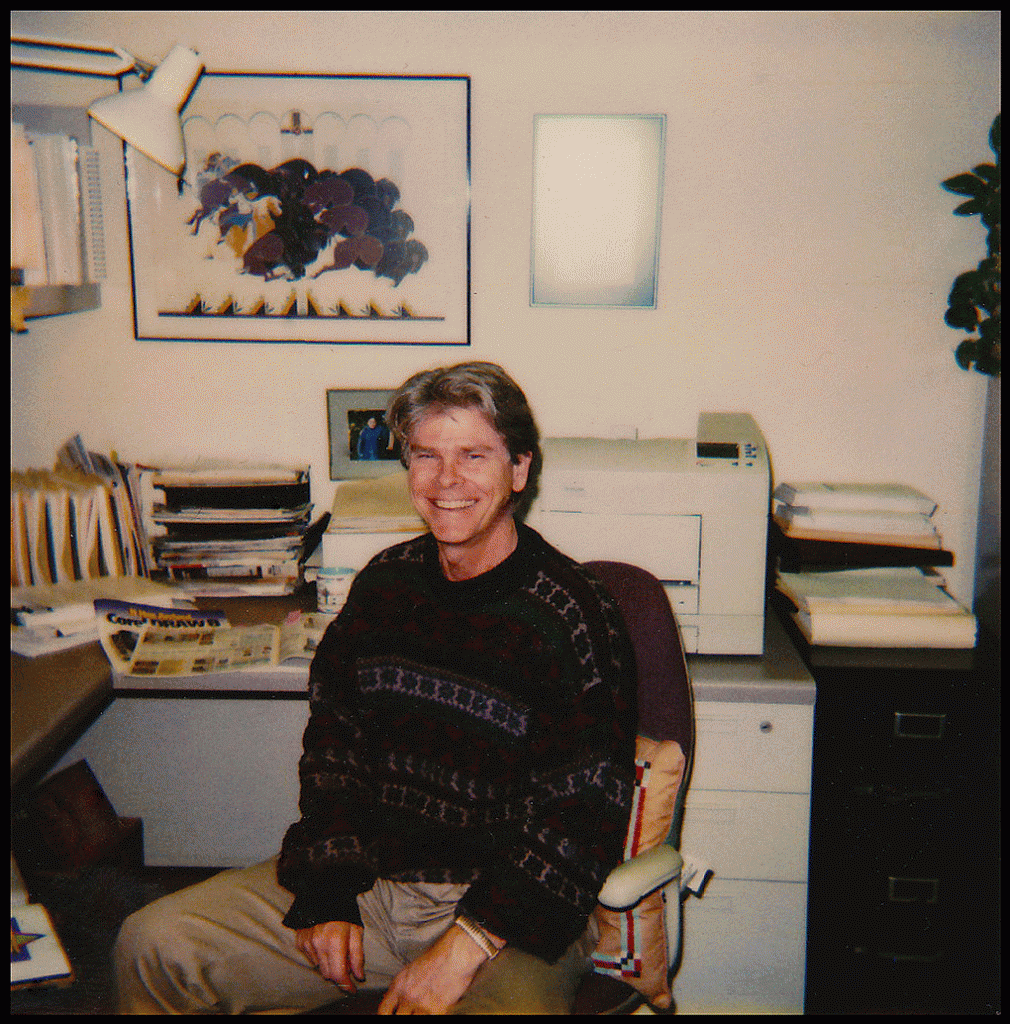
This image of LK dates to 18nov1997 (Infonet Services Corporation; now British Telecom Infonet). This was my third straight job. I landed my first, Jardine Emett & Chandler, when I convinced a vice president I could learn how to use a computer within two weeks (I had never touched a computer before in my life). The first raise was 25 percent, and the following year I brought desktop publishing into the company and had my own crew, who I trained. That year’s raise was only 8 percent, and I told the VP that it wasn’t good enough. He disagreed, and within a month I was a publishing supervisor at a how to succeed in business publishing house that delivered a 200-page book every month. At the beginning of my second year I received my first review and it was good. One problem: the company had decided to eliminate the PCs and bring in Macs, and they offered me an $8,000.00/year pay cut. The editor-in-chief asked what I thought, and I said, “I quit. How much time do I have?” “We haven’t even bought the Macs yet.” “Not to worry,” I said, “I’ll be gone within 30 days,” and I was, beginning at Infonet (I landed the job on my freelance writing and publishing expertise). My first question to my new boss was, “Can I have some technical writing classes?” “Absolutely not; I hired you as a technical writer.” … I looked at my co-writers and editor. They sat on their butts and waited for emails. Not the way to work and I began spending hours and hours w/my engineers. I requested and got the software on my computer and was off to the races. By 1997, I was the last technical writer in Research & Development. I created an online help system that documented how R&D did their jobs and a glossy newsletter that highlighted the department. I was editor-in-chief, main writer, reporter, art director, photographer, artist, and I delivered the publication, which was distributed throughout the company, on schedule. But the writing was on the wall. Eight months after this picture was taken I became a senior technical writer in the aerospace industry.
In LK blogs and elsewhere I have referred to the technical world as “the Dark Side.” I’m certain that some of you have known what I’ve been talking about (and those of you that have, I hope I haven’t offended you). A while back I chose this name as it was vague, but more importantly popped off the page for me. Very soon the Dark Side will cease to exist in my life. But know this, I had a great run in the technical world. It made me a better writer and a better researcher, as I constantly worked closely with talented people from the world over—and if you know me, really know me, my life has always been dominated by culture and people. Always. I had chosen the Dark Side as it expressed (for me) brutal hours and deadlines that at times seemed to be without end. Often, more often than desired, my deliveries were mandatory for software product deliveries. If I failed to deliver, the software would not ship. That, dear friends, is a heavy weight to carry, and it always held the threat of elimination for me if I didn’t succeed. I’ve used the term “the Dark Side” as opposed to “Slave Labor” as I’ve always been paid very well and although Slave Labor might be considered a more accurate term, it just doesn’t sound right. (I’ve worked in a cotton field and I’ve dug ditches, and they weren’t slave labor either). Most often I have called all my own shots, and worked closely with upper management, project & program management, engineers, and quality assurance engineers (and when fortunate, with other writers). All the above said, these have been memorable times for me—good times.
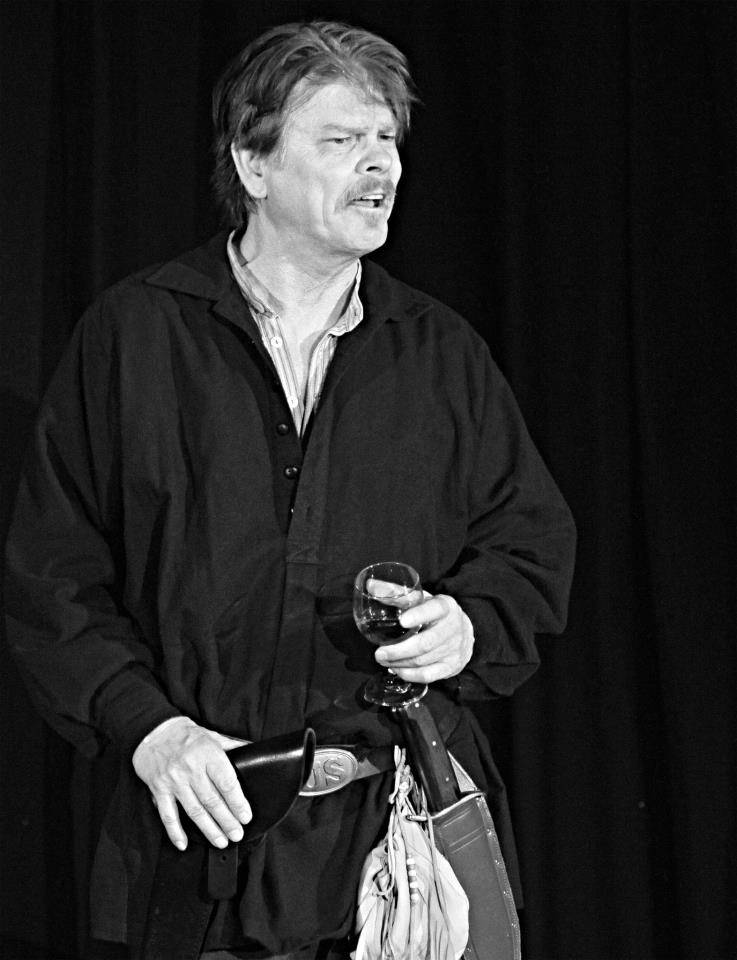
LK as Ned Wynkoop in Cheyenne Blood in 2009. Yep, the subject matter was volatile, important in Wynkoop’s day but even more important in our day. We all have lives and we all call the shots, but sometimes we need to reach beyond and deal with our world. We all do this differently, but it is something that we must do for if we don’t, no one will. (photo by Dean Zatkowsky, 2009)
This has been a hard decision for me to make, but one that I’m totally in tune with it. ‘Course when I quit acting cold turkey in the mid-1980s, all my actor friends said I’d be back. I said, “Never.” Ned Wynkoop taught me to never say “Never.” Since quitting acting, I have since played Wynkoop in one-man shows that I wrote in Oklahoma, Colorado, Kansas, and California, and my full-length play Cheyenne Blood had a five-week run in California in 2009. Never say “Never.” I have not turned my back on acting (and believe it or not, technical writing may again return if I see an offer I can’t refuse, … and don’t count out Kraft writing a baseball biography either).
Why?
A good friend named Vee Morra visited from the Boston area earlier this month, and she asked why make this announcement public? … The simple answer is that I’m sick of getting praised for work that I no longer perform on LinkedIn, while my freelance creativity, although listed on the site is almost totally ignored. I’m an expert user of Photoshop, and I’ve been freelance writing for pay since the early 1980s (nonfiction, fiction, articles, talks, and plays).
A little more background
Ladies and gents there are things about me that you don’t know (actually there’s so much you don’t know that when the Memoir is published, you still won’t know everything). This is a good lead-in to how I work, which may not be as writers/historians are supposed to work.
| LK has no training as a writer, historian, artist, or as a technical writer (I do have a lot of training as an actor). Everything is self-taught. This is not an excuse, for the bottom line is the work. If decent, it will survive; if crap, it will most likely vanish into oblivion. |
 A million years ago, before I decided to earn money as a freelance writer, I had begun consciously thinking about everything I read: Was it good and why, or was it bad and why. Ever since, everything I read has been judged. Not because I want to pan or praise, but because I want to know what I consider good or bad writing. And believe me, I learn from both.
A million years ago, before I decided to earn money as a freelance writer, I had begun consciously thinking about everything I read: Was it good and why, or was it bad and why. Ever since, everything I read has been judged. Not because I want to pan or praise, but because I want to know what I consider good or bad writing. And believe me, I learn from both.
That said, when I read a good book I’m thrilled and when I read a piece of crap I’m also thrilled. Good books provide suggestions on how to do a better job with my writing, … and ditto bad books. Good books show and aren’t loaded with telling. And just as important, good books aren’t loaded with errors and, even worse, fabrications that are slanted and created to sell an author’s preconception of the story’s angle at the cost of the truth. This training is ongoing and will be so until I die.
I don’t review books for the simple reason that most of what I read deals with what I write about in one way or another. Simply put it is a conflict of interest, for most-often I have already been intimate with the books offered to me to review. I may have reviewed the manuscript and offered suggestions during the creation of it or the authors are good friends and we had shared many long conversations on their subject while their work was in progress. Friends, good friends, and advanced knowledge of the books are key here. When I have told the requesting editors my reasons for rejecting a review request, they totally agree.
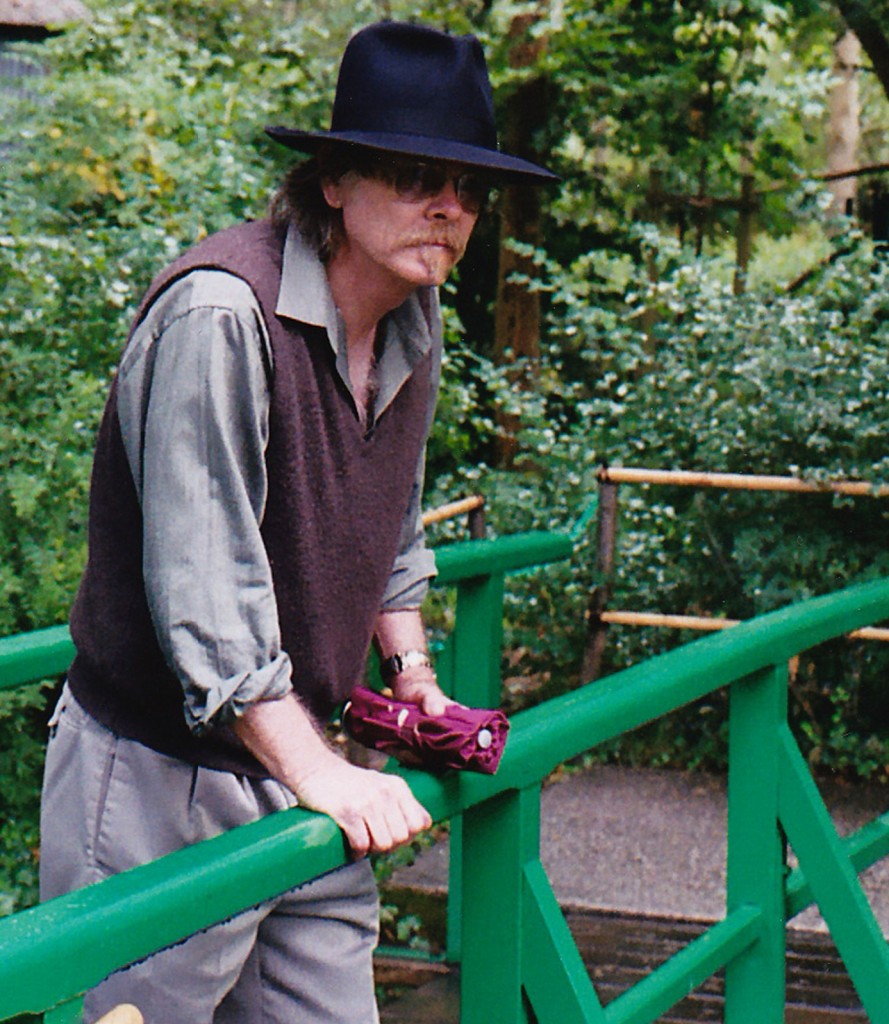
LK at Claude Monet’s garden in Giverny, France, on July 4, 2004. It is important for one reason, for it shows LK tracking something that is important to him. This trip was threefold: It was my first visit to Olivia de Havilland’s home in Paris (which is important to Errol & Olivia); it provided my daughter Marissa and I with gold time together; and Marissa got to track Monet and Vincent van Gogh in France (I had not been a big fan of van Gogh’s art before this trip, but let me tell you his creativity overwhelmed me—he was a magnificent artist). In my humble opinion we must always track what is important to us. (photo © Marissa & Louis Kraft 2004)
How I work
This image (left) deals with LK tracking that which is important in my life.
You need to know how I work, for I don’t think it is conventional.
I usually take forever researching my books (and the research is never complete, for it continues long after a book is published). Chuck Rankin, my friend and editor-in-chief at the University of Oklahoma Press, inserted a clause in the Ned Wynkoop and the Lonely Road from Sand Creek contract that forbid me from writing another book about Wynkoop and I refused to sign the document until it was removed. When we began to work on the Sand Creek contract, we both studied the previous contract and he asked why the above clause had been removed from the Wynkoop contract as he had forgotten and feared I might write a competing nonfiction work on Wynkoop. I told him that I wanted an open door in case I wanted to return to him in any format, including nonfiction.
Although I outline, it is never locked in stone. If information is discovered that changes what I thought a person did, it changes how this person is presented in the manuscript. When there are conflicting stories of an event, I don’t pick the one that suits me, I decide upon the one that appears to be the closest to the truth (oftentimes it is a combination of facts from different viewpoints and observations) with the balance detailed in the notes. Also, I don’t write from beginning to end. I may write something for chapter 14 and then something for chapter 2. Although I constantly study what I’ve written and attempt to improve the prose whenever I reread it (and change it as I’ve found something else that was missing or needed (or I corrected something), I don’t begin polishing until I have a rough first draft. At that point I begin rewriting and looking for holes in the storyline. What is missing? What isn’t complete? What is overwritten? What is questionable? Is something wrong? Is the English bad (and I’m a firm believer in breaking known rules when they can propel the text)?
And this is important …
I strive to show and not tell. Action is character, and to understand who a person was I must know what he or she did—as much as possible, I must show what he or she did (and not tell what he or she did). Oftentimes this results in fights that I must win with copyeditors. In Ned Wynkoop and the Lonely Road from Sand Creek, Ned and his wife Louise were staying at La Fonda in Santa Fe, New Mexico, during the Civil War.
She was in the room alone and rats entered. She leaped onto a chair, Ned entered, and the rats disappeared. He wanted to know why she was on the chair. She told him, but he didn’t believe her. “Sit down and be quiet,” she said (a paraphrase). He did, and the rats returned. They both leaped onto their chairs, and Ned yanked out his Colt and began blasting away. This brought the manager, who gave them another room. … The copyeditor insisted upon removing this as it had nothing to do with what Wynkoop did. “No! You’re wrong, for it shows what he did at a moment in time, it shows his character, and it stays.” (another paraphrase, as I didn’t go back to look at the documentation).
Other stories of Sand Creek and the Tragic End of a Lifeway
As much as possible I strive to show. As I already said, action is character. What I say about me isn’t who I am (it is at best, how I want you to perceive me).
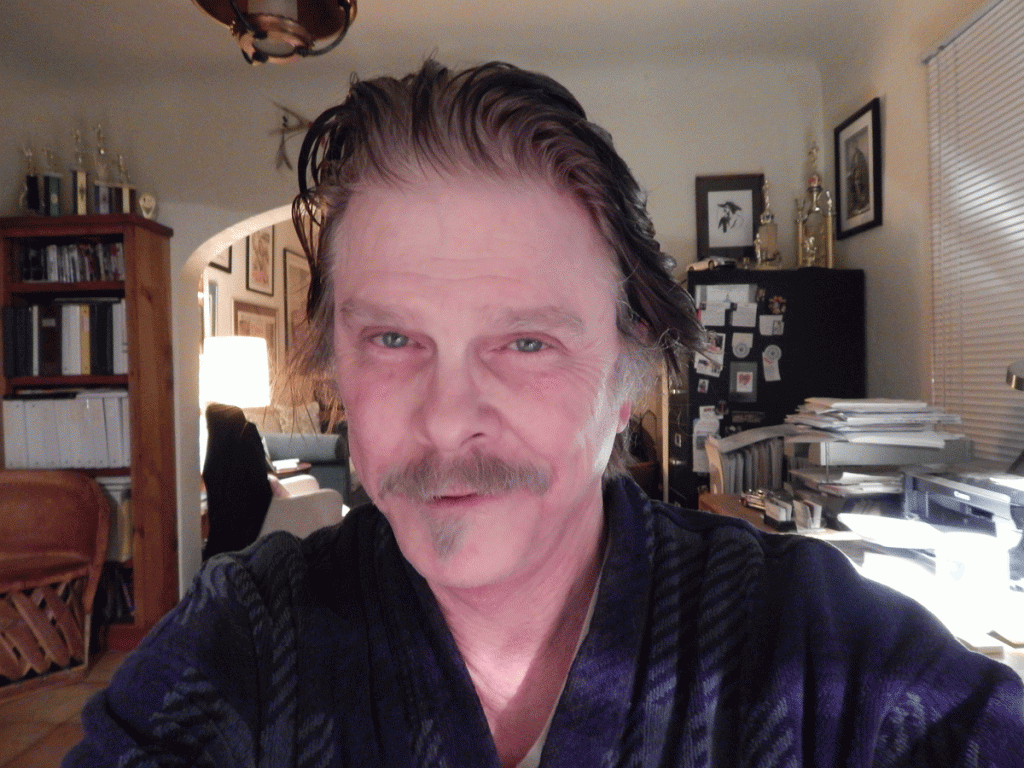
LK at work, … and more. This image was taken on 13dec2013, and it shows key pieces of the LK life. First and foremost, it shows me at work moving about what I call my computer room (it could be called a library as there are three book cases and lots of cabinet storage). I spend a lot of time in this room but I’m not glued to the computers. Often I’m up and roaming the room and house, for this is how I work. And I do talk to myself; I have great conversations and they do influence what I write. There’s also something I wanted to share w/this image—actually two things. I chose this image for it shows red below my eyes (about the 5th or 6th day in the continuous cycle of attacks that I’ve had since mid-November. Shots, cream ($259.00 for 30g), nine days of medications, has each time ended the problem which always begins with me looking like I just lost a title bout with Muhammad Ali in his prime. After a treatment I look normal for a day or two, only to again be attacked. The red under the eyes that you see is not from lack of sleep as I’m been sleeping like a baby for the first time since the early 2000s. In 2003 a neurologist told me I’d not walk again. F—him, for I’m still walking. Doctors couldn’t fix this nerve problem, but cockiness aside, I think I have (perhaps in another blog). Originally I considered using another image as it showed my wandering the house and talking to myself. Certainly it showed the redness better, but I liked the cockiness in this image. LK likes to be cocky. (photo © Louis Kraft 2013))
My view is biased, as most likely I’m trying to paint a picture of how I want you to view me. However, when I show you (in words) what has happened, and it is a truthful “showing” (and not slanted or “rosy colored” to make me look good) you will have a better idea of what kind of person I am. Ditto everyone I write about. Everything I can find that can provide a glimpse into their lives is important to me. Unfortunately when you deal with the Indian wars, many of the major players and almost all of oh-so-important fringe players have way-too-little primary source material on them. And I’m talking about Anglo-Americans, Cheyennes, Arapahos, and mixed bloods that are key to the Sand Creek story.
I am a firm believer that what people do defines who they are. I will never tell you that this is a good person or that person is bad. If I’m capable of providing hopefully accurate portrayals of their actions, you will be able to make your own decisions about them. Although I won’t say this in the manuscript, I don’t think John Chivington was a bad person. I know for a fact, that he did everything he could to help Louise Wynkoop receive a widow’s pension after Ned died. He didn’t have to do this, for Ned snubbed him for the rest of his life after the Sand Creek fight. John lived in a harsh land at a harsh time. And just like Wynkoop, his life changed as the world he lived in changed, and like Wynkoop, Chivington made decisions that he thought best for him. At no time did he consider himself a villain (and Wynkoop never considered himself a villain). In Chivington’s case I need to dig and consider and dig some more. As much as possible I need to get into his soul, and regardless of how I view what happened at Sand Creek in November 1864, if I do my job properly you will be able to make your own decisions on what happened. Perhaps your view won’t change, but maybe it will. Things happened at Sand Creek, and there are many reasons why. But this isn’t new, many things happen in war and will always happen in war, and different cultures react differently to what is acceptable and what isn’t acceptable. I’ve never been in war, but I’ve certainly studied it (and this includes viewing films), and I do believe that when confronted with the enemy and life or death that people are on the edge. … That they are totally alive, frightened, bent upon surviving, and that there might be a bloodlust. Horrible things happened to people on both sides during the lead-up to Sand Creek, the attack at Sand Creek, and after Sand Creek.
Back to Sand Creek
For those of you that have begun to worry about my return to writing (including my good pal editor Greg Lalire at Wild West) let me say here and now that LK has returned, hopefully ne’er to disappear again. There are more projects than you may be aware of, but at this date The Discovery, Errol & Olivia, and Sand Creek and the Tragic End of a Lifeway will be the next three printed books (not in this order), with perhaps two other novels slipping into the mix. I know, just mentioning fiction is heresy; “Say it ain’t so, Joe!” But alas, ’tis so. Not to worry, for the second book on Errol Flynn, along with a book on Kit Carson, will dominate my following round of nonfiction.
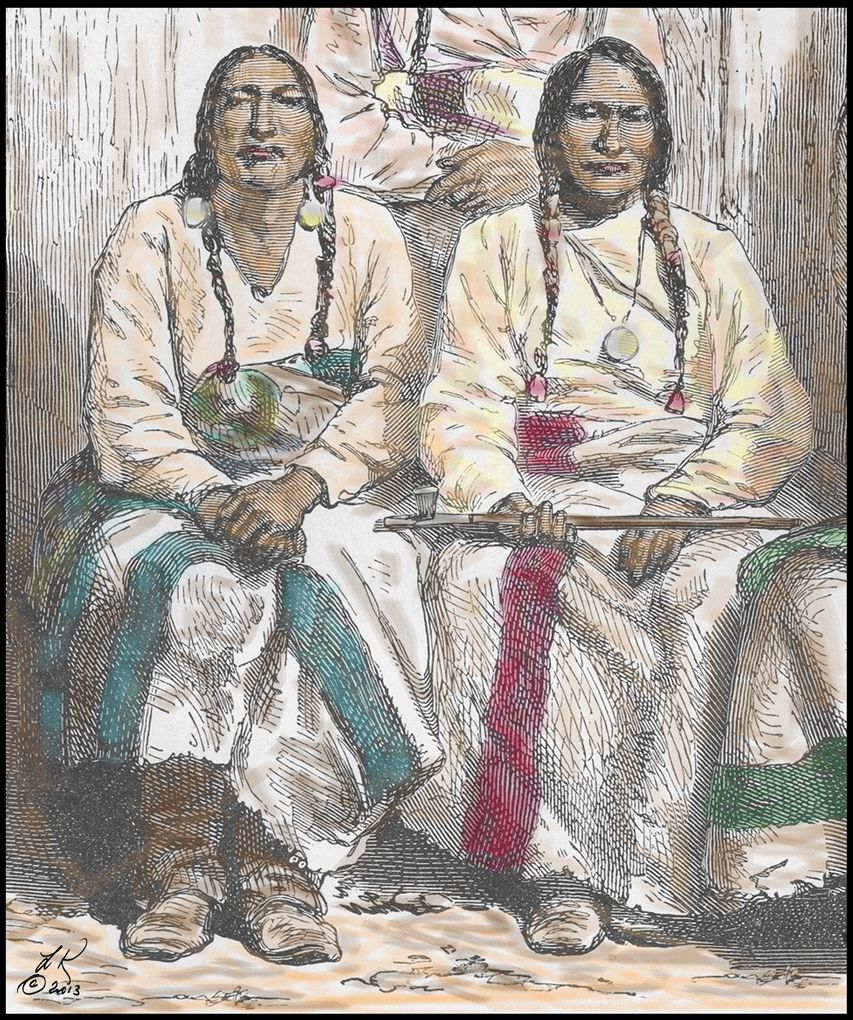
Colorized woodcut of Southern Cheyenne chiefs Bull Bear (a Dog Man), left, and Black Kettle. Part of the LK Collection, this image was originally published in Ned Wynkoop and the Lonely Road from Sand Creek, OU Press, 2011. (colorizaton © Louis Kraft 2013)
I have returned to Sand Creek with a vengeance, but, as I said above, I don’t write from beginning to end. I write about what I have and know (or think I know, for it might change at any given moment). The Sand Creek manuscript is in progress with me trying:
- To get a handle on the beginning of the Cheyenne people and their emergence as a powerful force on the central and southern plains. In my humble opinion, this is key for the book working to my satisfaction.
- To discover (if possible) the essence of the leading and in some cases the major supporting players.
- To dig deeper into a handful of white captives that I hope to write more about than I have in the past.
- To experiment with pushing my prose farther than in the past (using the sample chapter in the book proposal, which passed with flying colors as a template). In the past I have often had to fight to retain some of my word structure. Doable? You bet! Will there be a struggle? Don’t know, hopefully not.
As a writer I’ve always tried to challenge myself. How do I tell a story, and how do I fight for that story when I hear something like: “We don’t do it this way at the press, Mr. Kraft.”? Over the years I’ve threatened to sue, have offered to return advances, and often I’ve won my battles while losing some. There are stories to tell, exciting stories, but that’s what memoirs are for—passion and fireworks, in other words page turners to the extreme.*
* LK note: It’s a shame that most memoirs are little more than gloss-overs of peoples’ lives. What stories they could have told if they had dared to tell the truth.
Invitation to open conversations on key players in the Sand Creek story
On a blog months back I stated that I intended to open discussions on key players in the Sand Creek manuscript, and would give books to people that contributed to the conversations in ways that are helpful to me. No one commented. Was no one interested? Perhaps, but I’d like to believe that you’re all just shy. Those days of open conversations are a comin’, and it is my hope that one or two or more of you will join me in email round-robin conversations (writerkraft@gmail.com). I want to breathe life into the Sand Creek players (just like I’m doing with Errol Flynn and Olivia de Havilland), and to do this I need to learn everything I can about these players, which will hopefully allow me to do a better job of bringing them to life. Doable? I don’t know. Worth trying? Bet on it!
Here’s a head’s up: Charley Bent, John Chivington, and Tall Bull are just three of the people I need to know more about. I want to know more about the nasty things that happened—actions, lies and truths. I’m telling this story from all angles, and believe me I’m not going into the story with preconceived notions of villains and heroes. I’m interested in people, and I truly believe that we all have ups and downs and that is what makes all of us interesting. If anyone in the manuscript is a villain, it will only be because their actions make you think they are a villain. Honestly, I don’t like what happened at Sand Creek, but I believe that most-likely everyone did what they thought was best (from their point of view) leading up to the attack, during the attack, and afterwards. Once I can get to named people in the story, it will be a story about people. A story of people and their motivations, fears, and actions—a story of people attempting to survive during a time of extreme change.
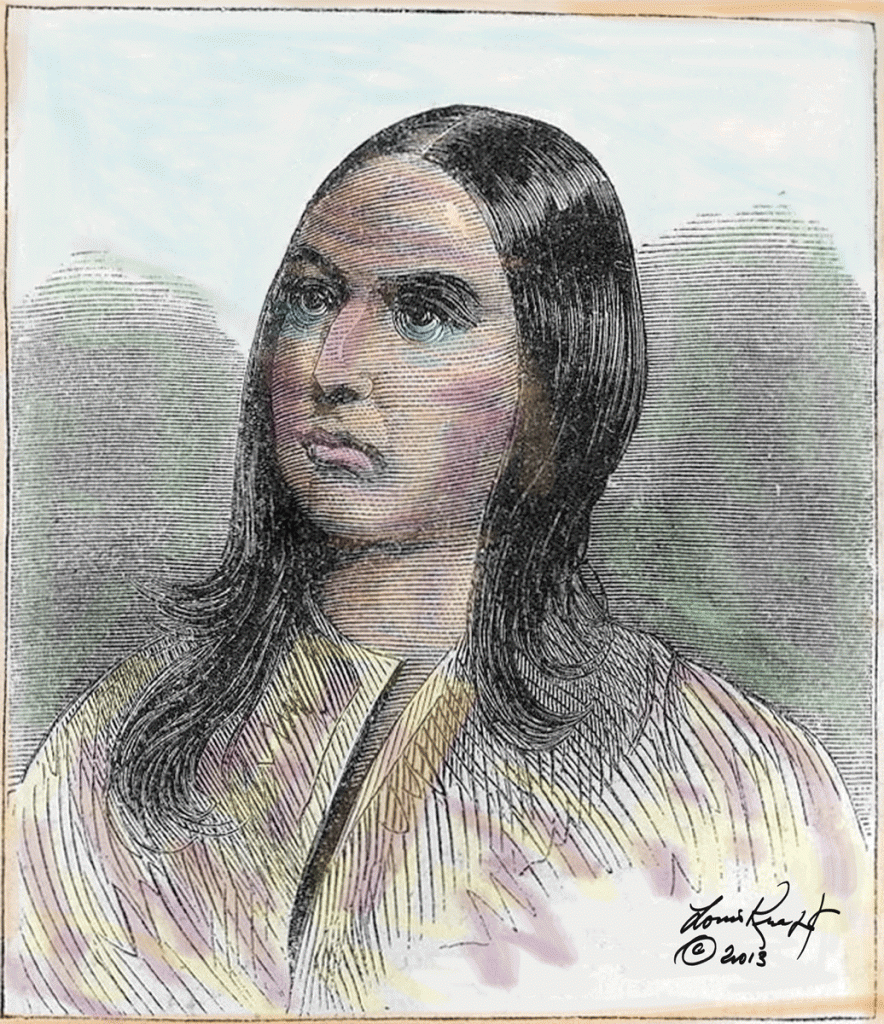
Charley Bent will play as large a part as I can document in Sand Creek and the Tragic End of a Lifeway. His short life needs to be shared, for he walked to his own drum (as we all should). This colorized image is based upon original art in the LK Collection (colorization © Louis Kraft 2013)
First up will be Charley Bent, and the plan is for this blog to appear in January 2014. This man, who died way-too-young, chose his lifeway and was true to it until his death. In the blog I’ll give you a short summary of what I know about him, so you know what I have in-house. If any of you can share information about Charley’s life that I am not aware of or point me to it, this is what I want. Beginning with Mr. Bent, and continuing with what will hopefully be a number of discussions on key people, I will list three book titles, and the person who I think has provided me with information that is key to better my understanding of this person (Bent or whomever) will receive the book of their choice. I don’t think much of awards (most are based upon popularity and name value) and I usually totally disagree with most awards in which I know the results—be them books or film acting and writing. That said, If two people provide key information, I will have no problem awarding two winners (and if there is a worthy third contribution of information for a key player, that person will also receive a book).
Who says they don’t raise cowgirls in Thailand?
I have no clue what your life has been like, but mine has been hell. I have been cheated, lied to, and robbed. I should be long dead (and trust me few would mourn). This is not whining and I’m not feeling sorry for myself. I am perhaps the luckiest fellow you know, and it has taken me a lifetime to reach my current situation. And I’m chuckling here, for over the years I’ve been called many unsavory things by people who should have loved me. Should have, but didn’t. Some of these people have done everything possible to keep me in purgatory, a burning inferno from which there has never been an escape.
Until now.
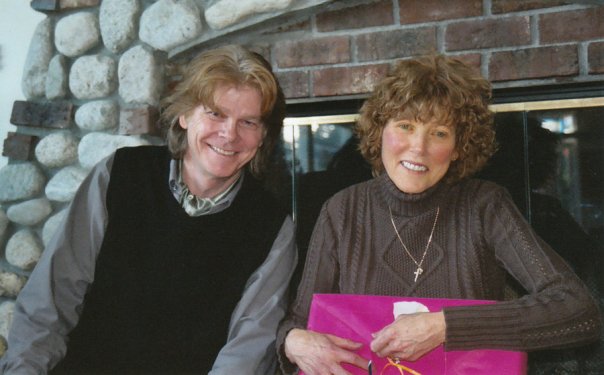
LK w/sister Linda Kraft-Morgon on 15jan2006 (a day I’ll never forget). Linda couldn’t visit Tujunga House on Christmas 2005 as she had no immune system and I had a cold. We reset for the first available date to get together. Unfortunately before that time arrived, she called and told me that her life would soon end. We celebrated Christmas on a wonderful January 15th at her home in Lake Arrowhead, Ca. I then wrote for SeeBeyond and my manager (Sudeshna Ghosh, who is still a good friend) allowed me to come into work early, drive to Lake Arrowhead, spend time with Linda, return to work, and work into the night. This was one of the kindest acts that anyone has ever done for me. Sudeshna downplayed this, but it remains at the top of key points in my life. Over the next six weeks I saw Linda four/five days a week. Great times for me, but not only for my precious time w/Linda, but also for my time w/her husband Greg Morgon—for during that time we cemented our relationship as “bros” (brothers). Time and distance has not severed our feelings for each other, for we will forever be “bros.” (photo © Louis Kraft 2006)
My mother, my brother, my father, and even my sister (whom I’ve only now been able to hold and cherish in peace) are long gone. My mother, father, and brother were always there for me, but until I reached my future that is now current, I have walked a very lonely trail. False loves and close relationships that have never been. I’ve always been blessed with long-distance friends as well as a few good friends that are local (whenever I see my long-distance or local friends, it is always as if the last time I saw them was yesterday). This is a wonderful feeling.
I’m alive, but in times past I could have died and days or weeks could have passed before anyone discovered I no longer walked the land. My life has been solitary. No longer, for times have changed and my friends close or far would now question my silence.
And it gets better than the above, much better. Please pardon this wordy introduction to this section (it was almost cut, but I decided that it helped the story).
Back in June I invited four people that I knew to a dinner party at Tujunga House. One of them, Naphis Sukumarabandhu, felt sorry for me as I hadn’t gone out on a date since a relationship ended in 2011. She asked if she could bring a friend to the gathering. At first I said “no,” but she refused to accept this until I said “okay.” The lady she invited also said “no,” but then finally decided to come.
That dinner party turned out to be the luckiest day of my life. …
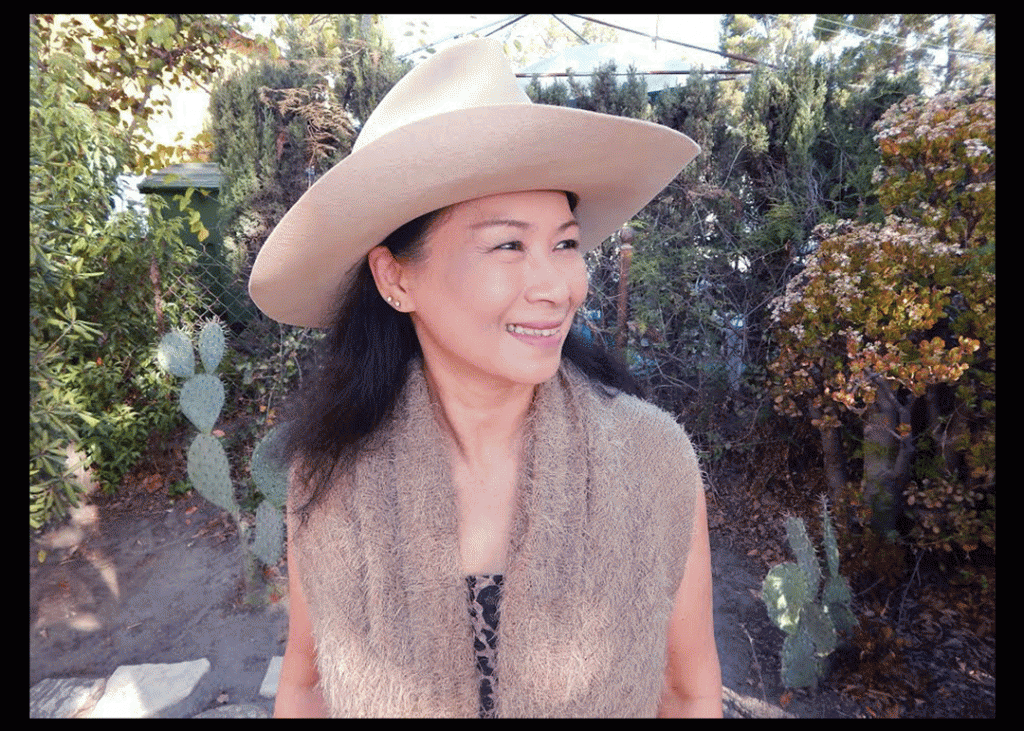
This photo is of ps in the front yard at Tujunga House on 17nov13. (photo © Pailin Subanna & Louis Kraft 2013)
The fifth guest was Pailin Subanna, and I knew I wanted to see her again before she left that evening. Recently a good friend told me that I finally had a muse in my life, and they were right. But there’s more—much more. I actually have someone who accepts me for me and loves me for who I am. it has taken me a lifetime to find this special person.
She was hurt, damaged, and so was I. We took our time and became friends, then good friends. She has given me a life, and our relationship has blossomed. … Who says they don’t raise cowgirls in Thailand?
Physical problems aside, I have regained my life and future. Sand Creek, Flynn/de Havilland, Carson, and other writing is back on track (and Gatewood and Geronimo have reentered my life).
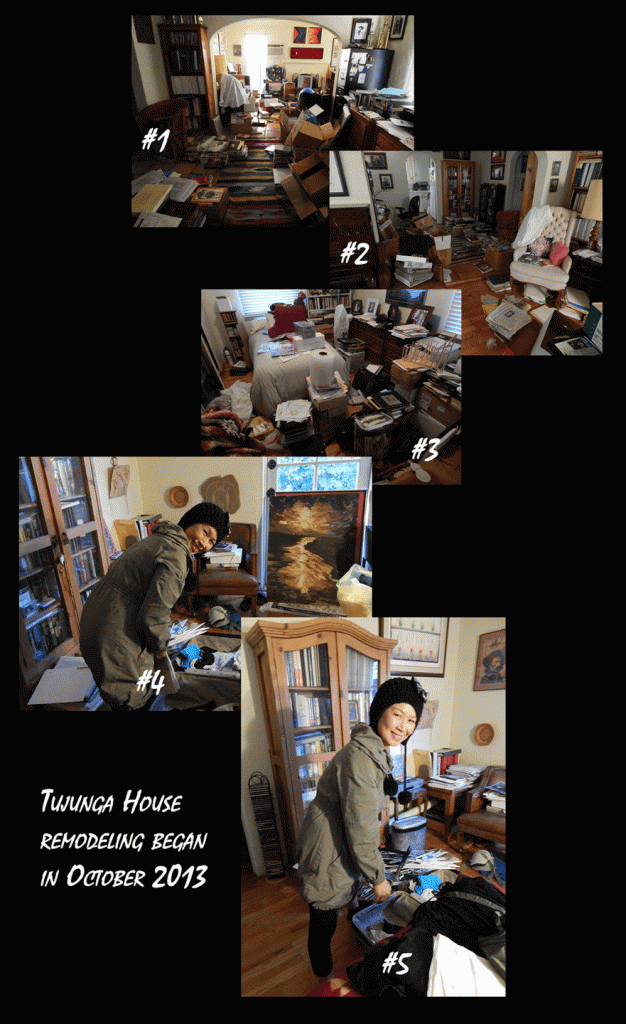
A collage of the beginning of the redesign of Tujunga House. Unfortunately LK got a little too artsy-fartsy here and size limitations prevented text in the image being readable on smaller computer monitors. #1) View from computer room into living room. #2) View from living room into computer room. #3) The LK Memoir/Sand Creek research/Chavez History Library delivery room, … the piles are now three times the height of what you see in the image. #4) Pailin working in the master bedroom; you see a Cheyenne parfleche, rock art, and a 3×5′ LK painting of a Santa Barbara, Ca., sunrise in the mid-1970s. #5) A second image of Pailin working in the master bedroom; the bookcase contains LK-published work and Errol Flynn and Olivia de Havilland publications. Above Pailin’s head is a print of Cheyenne chief Gordon Yellowman’s art of the Sand Creek attack that I hope to use on the cover and in Sand Creek and the Tragic End of a Lifeway. (collage photos © Louis Kraft & Pailin Subanna 2013)
For roughly 2 ½ months you couldn’t walk in Tujunga House as it had been a minefield of disaster as Pailin and I worked to make the house livable and ours, and yes, she now lives at Tujunga House. As the holidays approached I had to relocate the still incomplete Memoir and Sand Creek research. These 2 ½ months have played hell on my writing output, but they have been heaven with Pailin. … Good friend Vee (mentioned above) from that frozen land on the East Coast (we met during our college years) and Saul (a theatre major w/me at CSUN who became a film editor) visited on December 12th. The house had to be presentable as we didn’t want anyone falling over piles of books or research or goodies that had not yet gone to Vietnam Vets (I’m their best supplier), and Pailin & I made it. What a great day and evening we had with Vee & Saul.
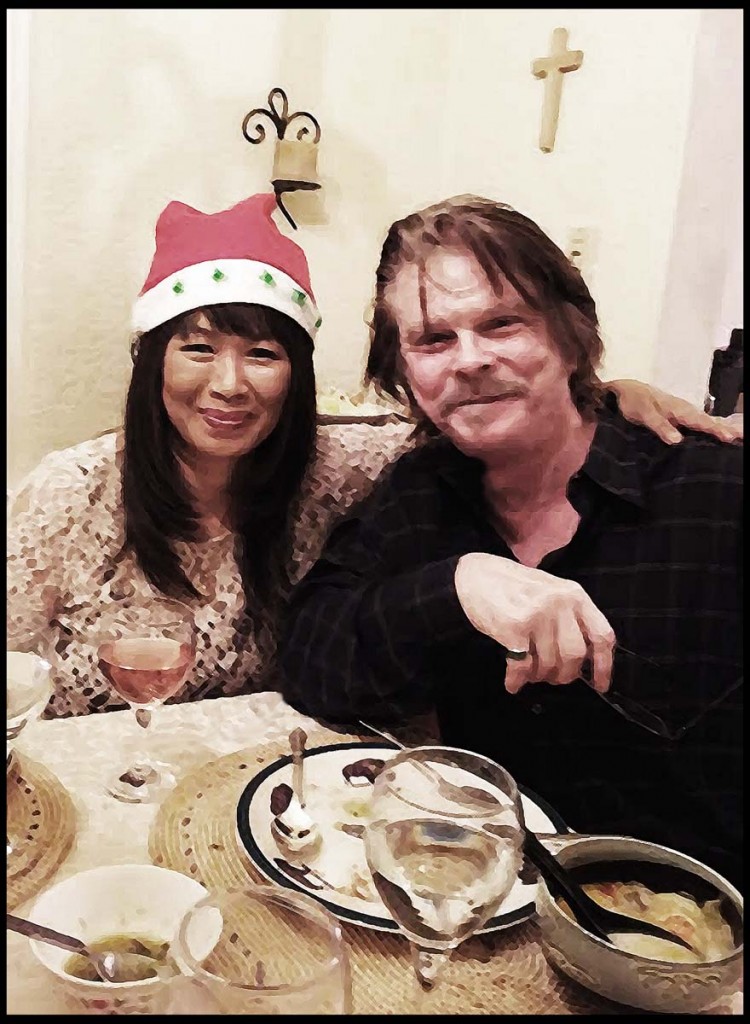
Pailin & LK on 26dec2013 when two good friends, Pete & Nina Senoff, visited for dinner. We had celebrated Christmas on the 25th. It was just us, quiet and peaceful. On the 26th it was also peaceful, but with the added pleasure of two friends present. Good talk, joking, and friendship, … not to mention the LK-traditional turkey and Thai cuisine to die for. (image © Pailin Subanna & Louis Kraft 2013)
Days later, on 26dec2013, two great SoCal friends, Nina and Pete Senoff, visited. Turkey & dressing + Thai food (spicy and mellow that Pailin and Nina created)—heaven. I’m talking about both Pailin’s & my time w/Nina & Pete and the dinner we shared. The meal? Alloy mark (delicious). … Enough said.
… And now (although there is still much to sort and decide its fate; stock-piled in the LK writing/research/Santa Fe archive room), the rest of the house is clean and the redesign is almost as we want it.
And, … AND for any of you who may be curious, Pailin will become my wife in 2014.
A new beginning for Pailin and LK has arrived. The future is totally unknown, but she and I have the world before us. Best of all we’ll have each other, and that’s what counts.

